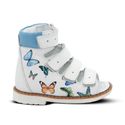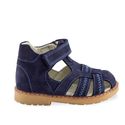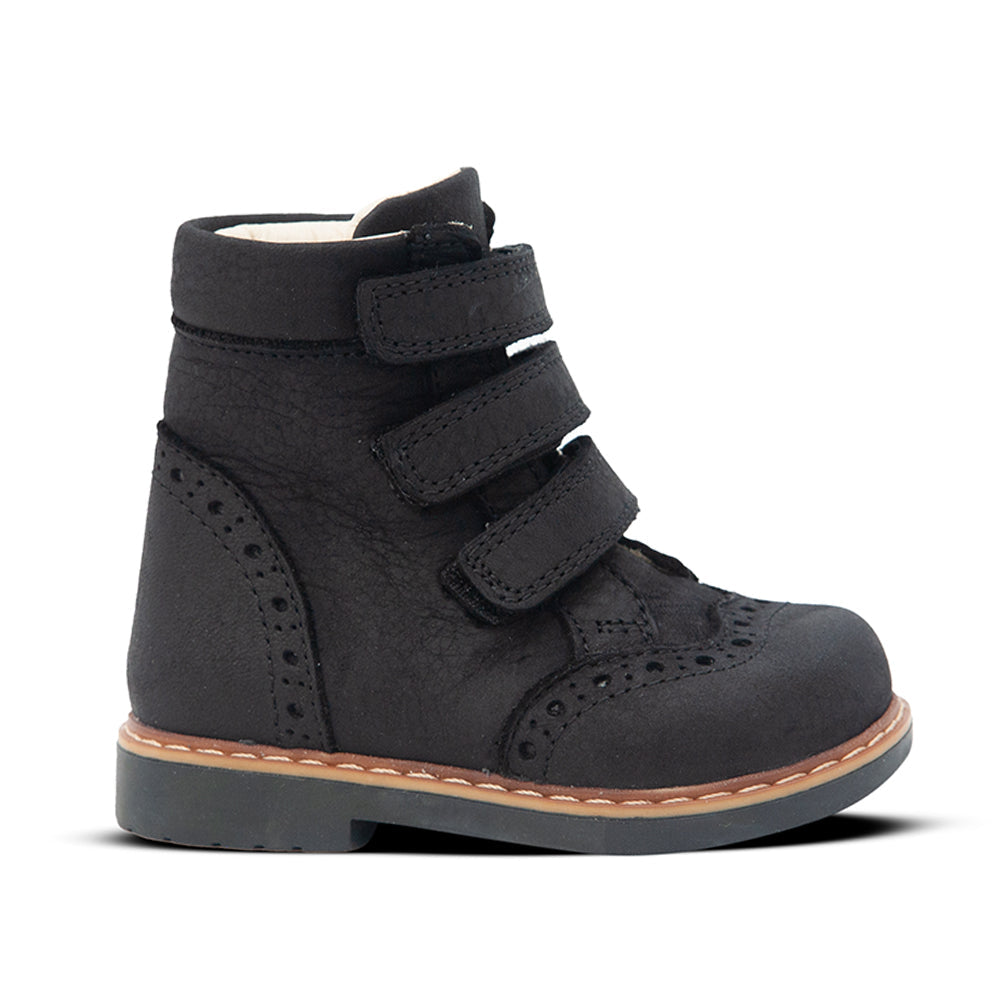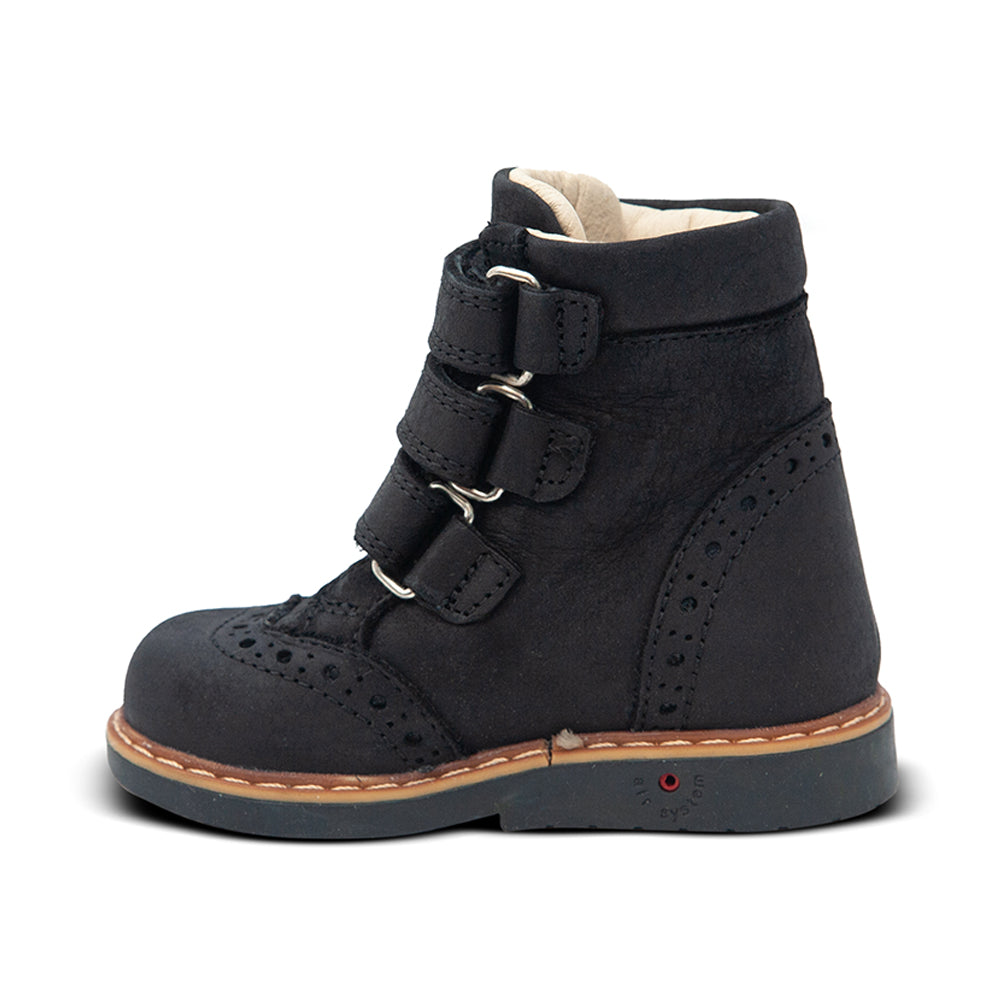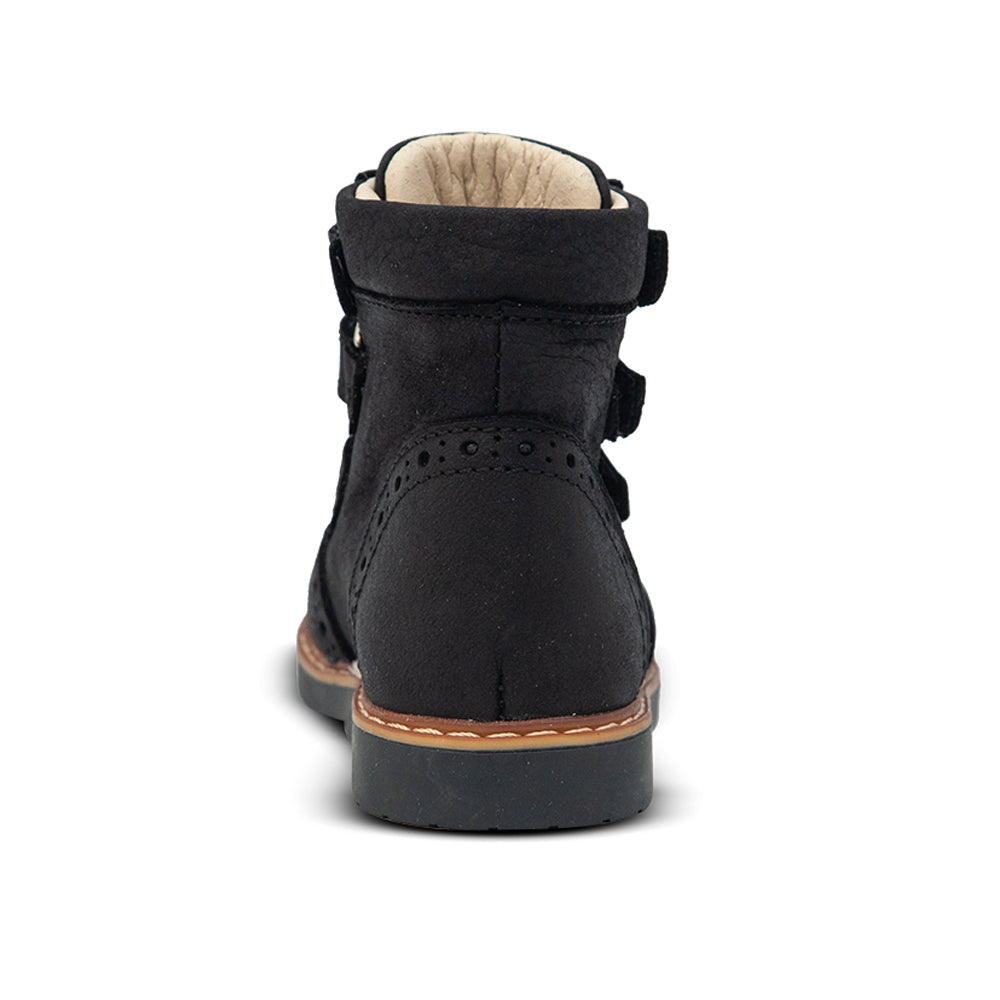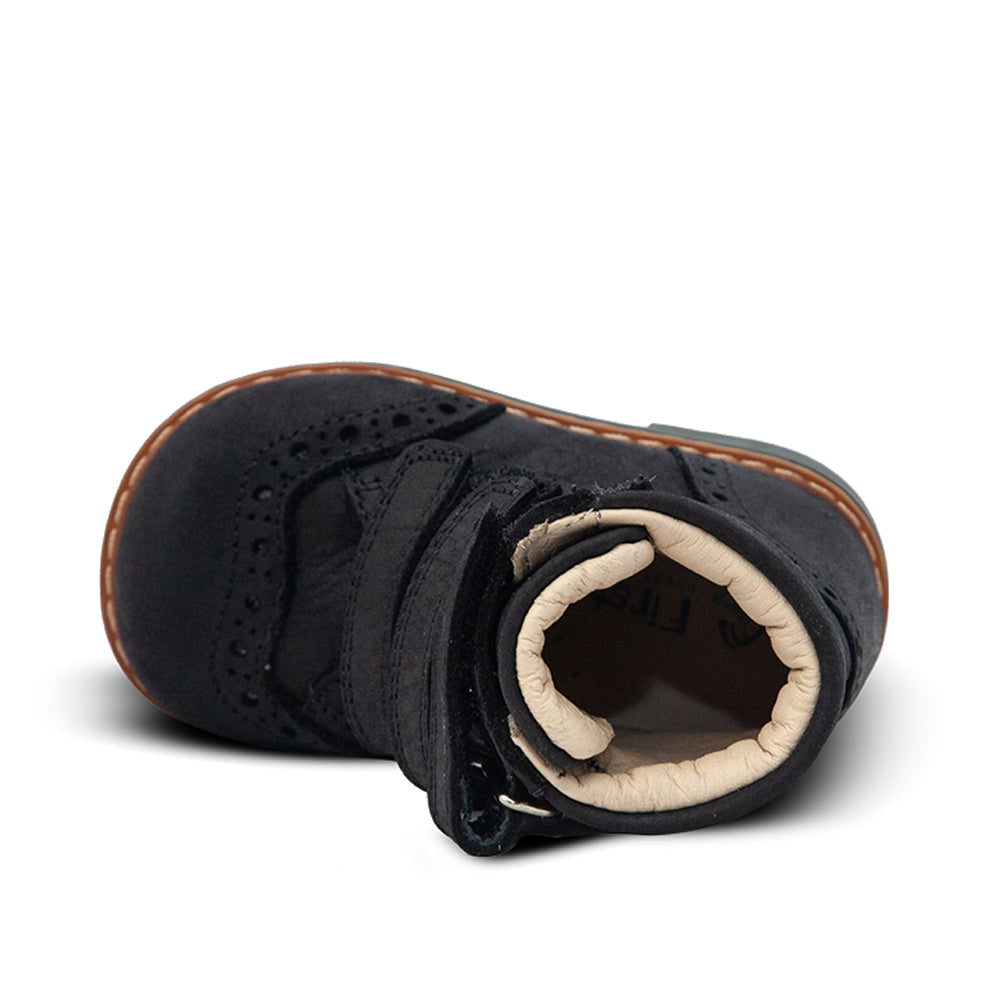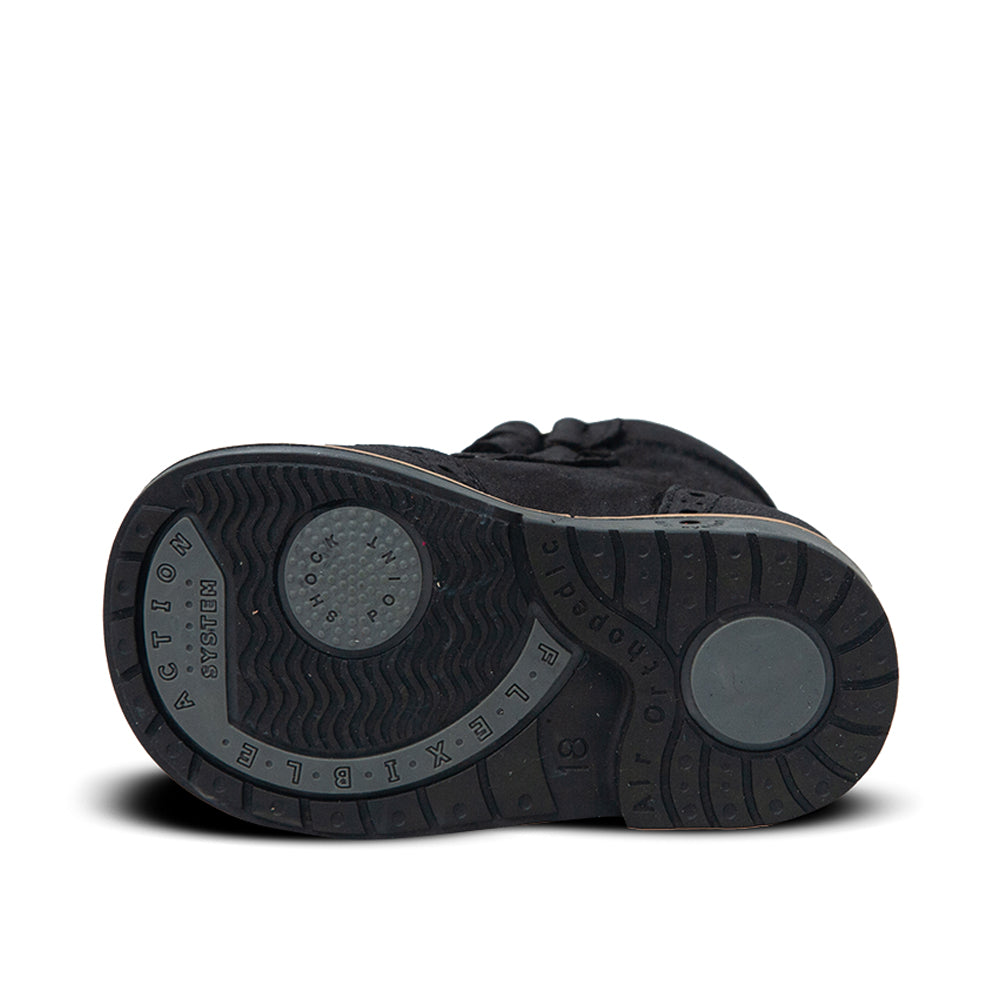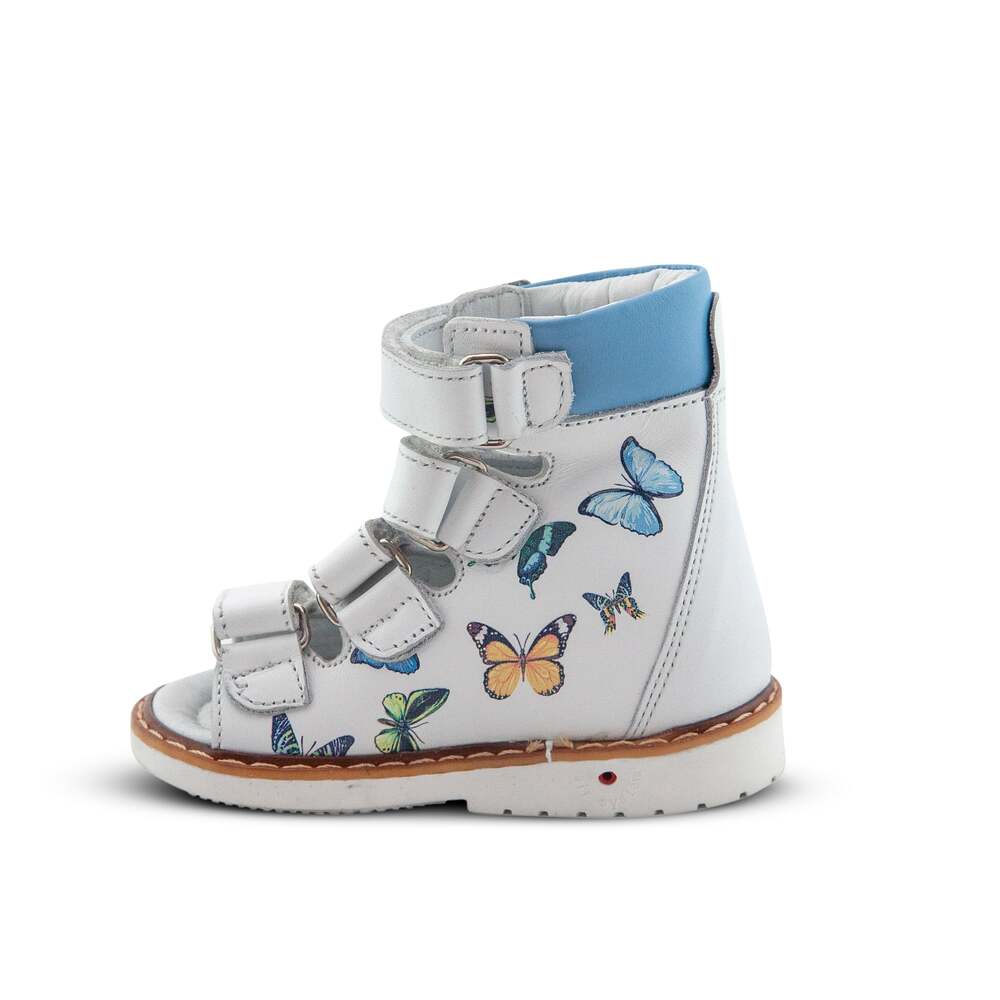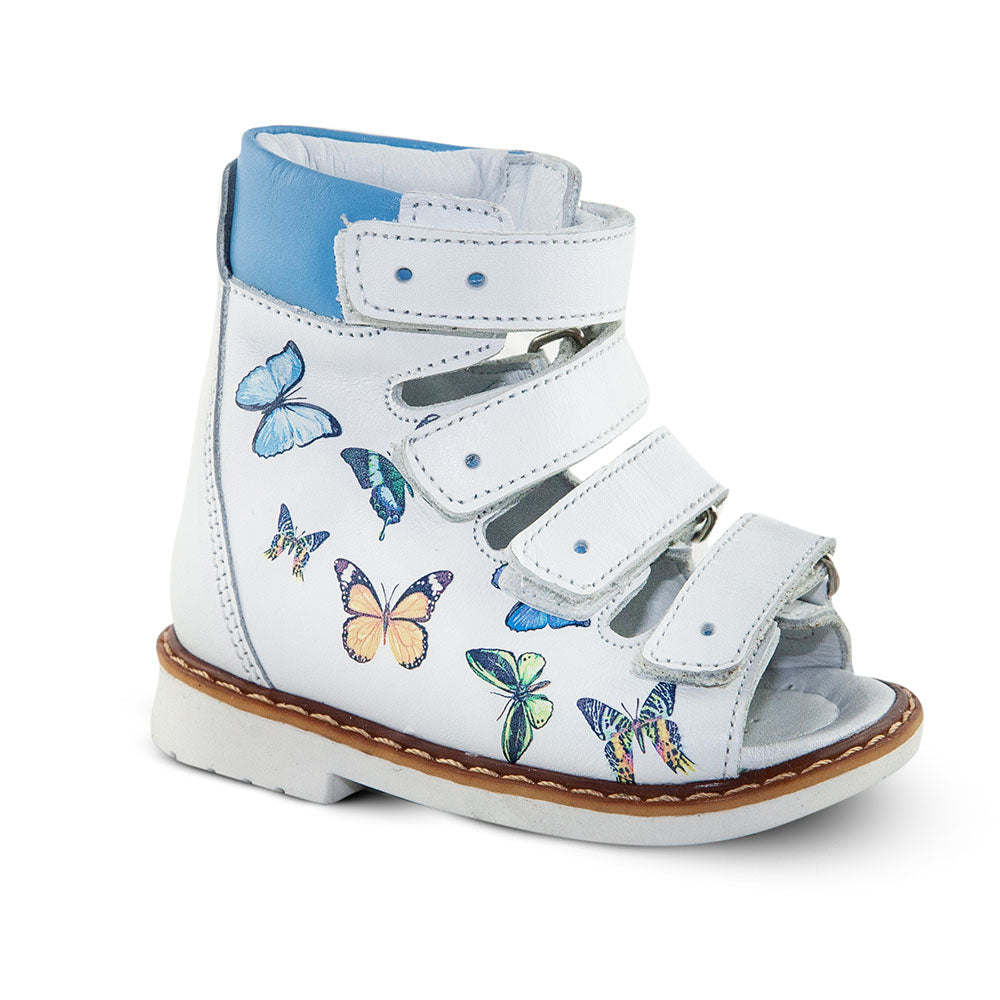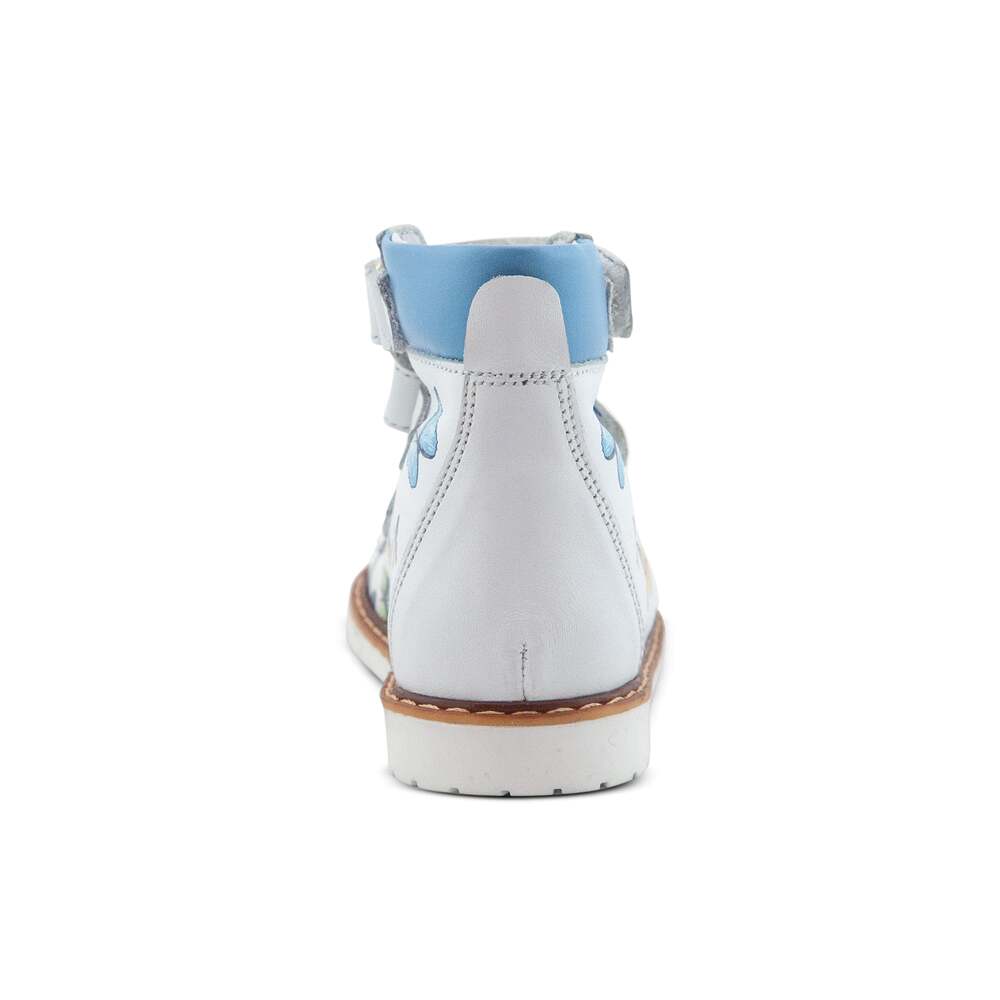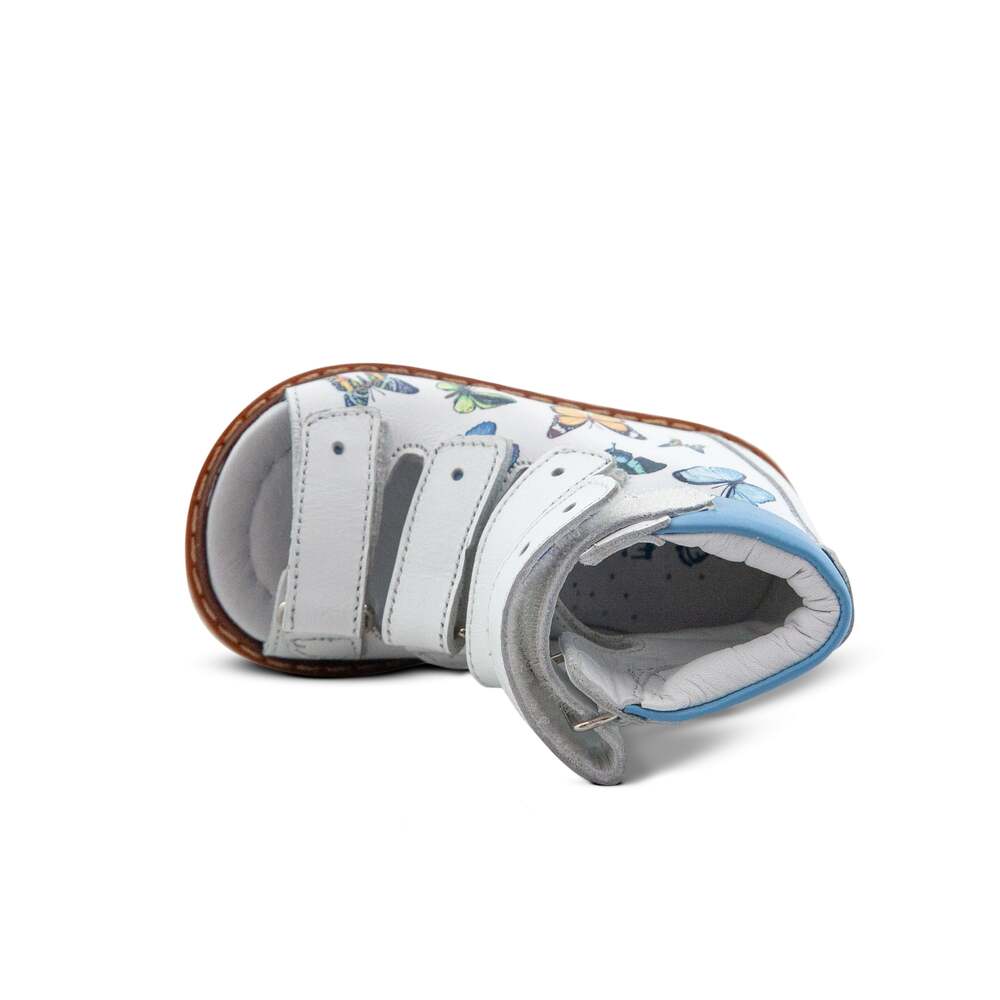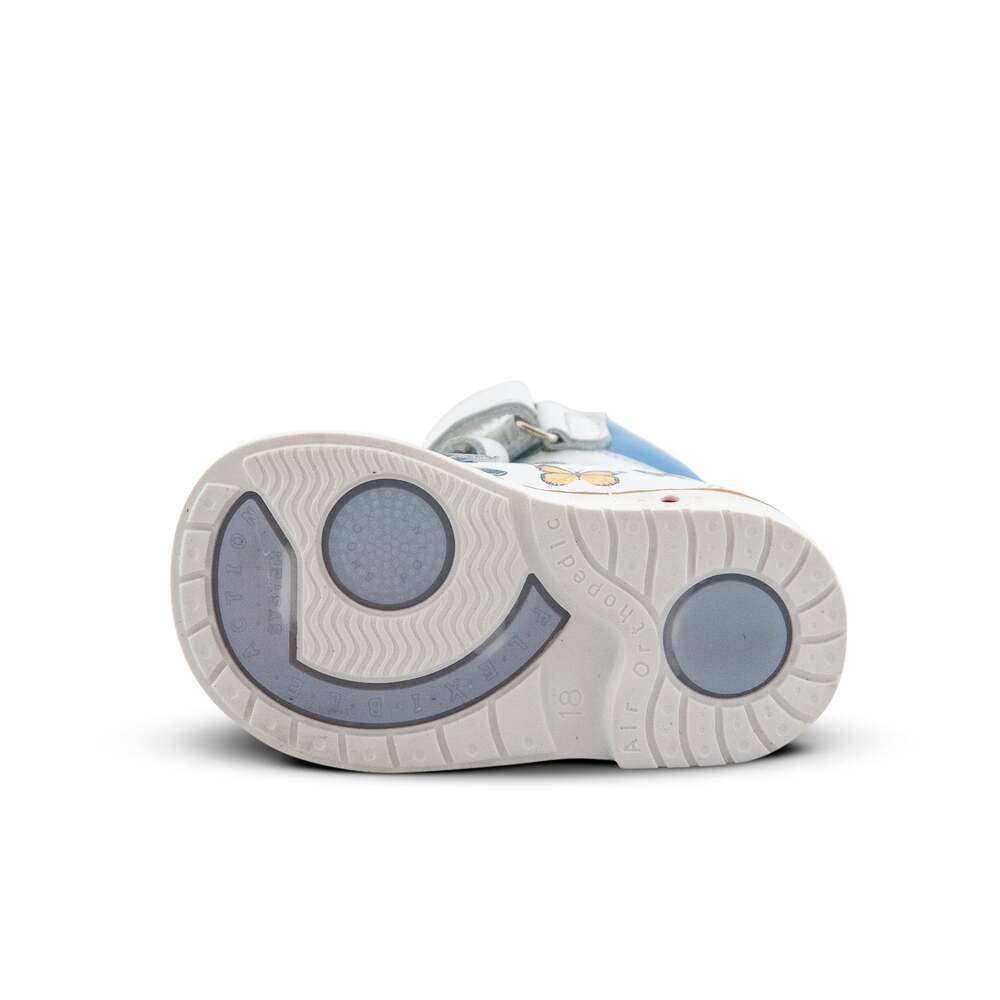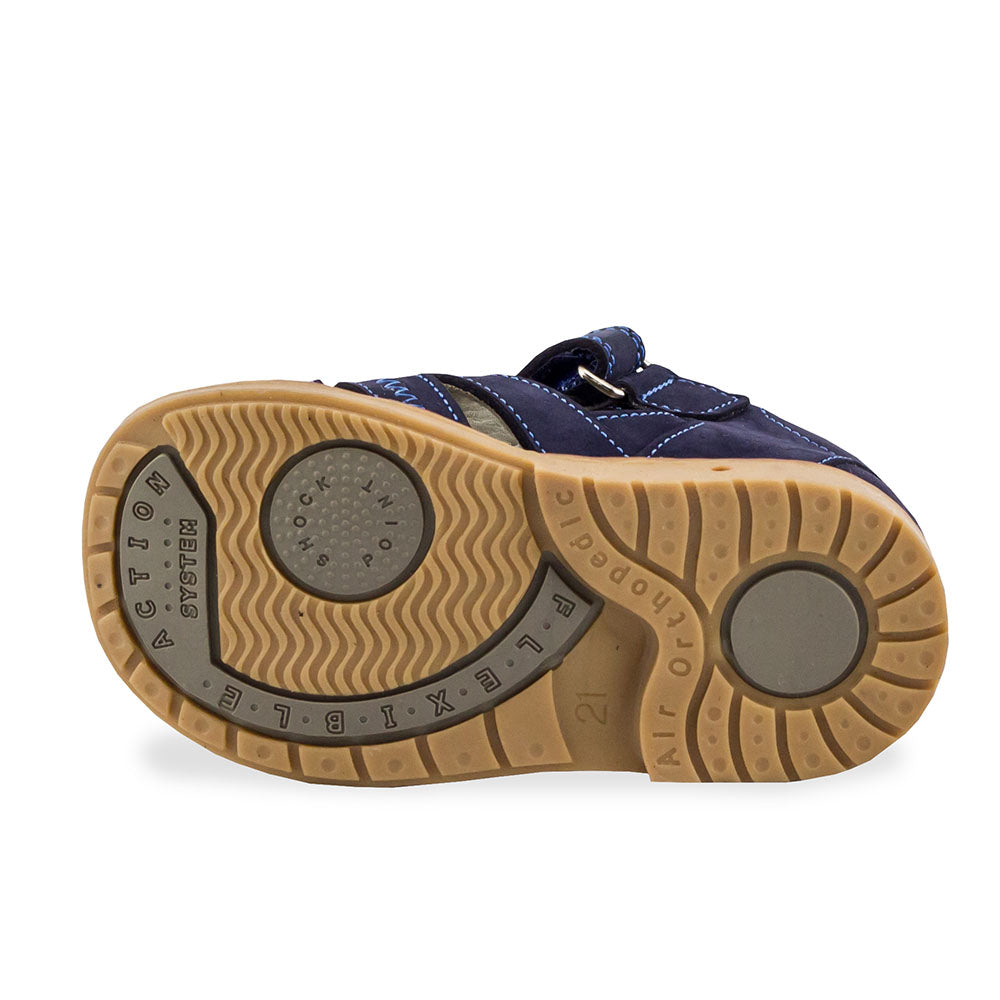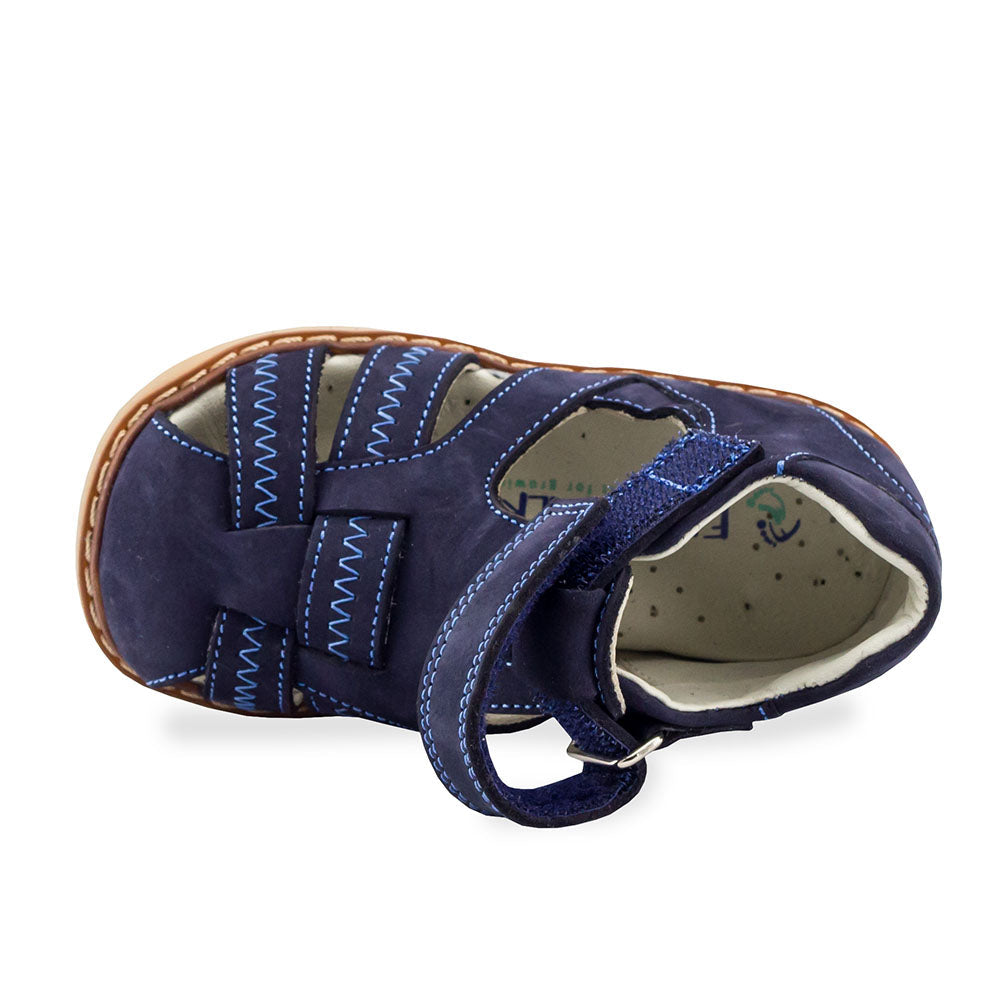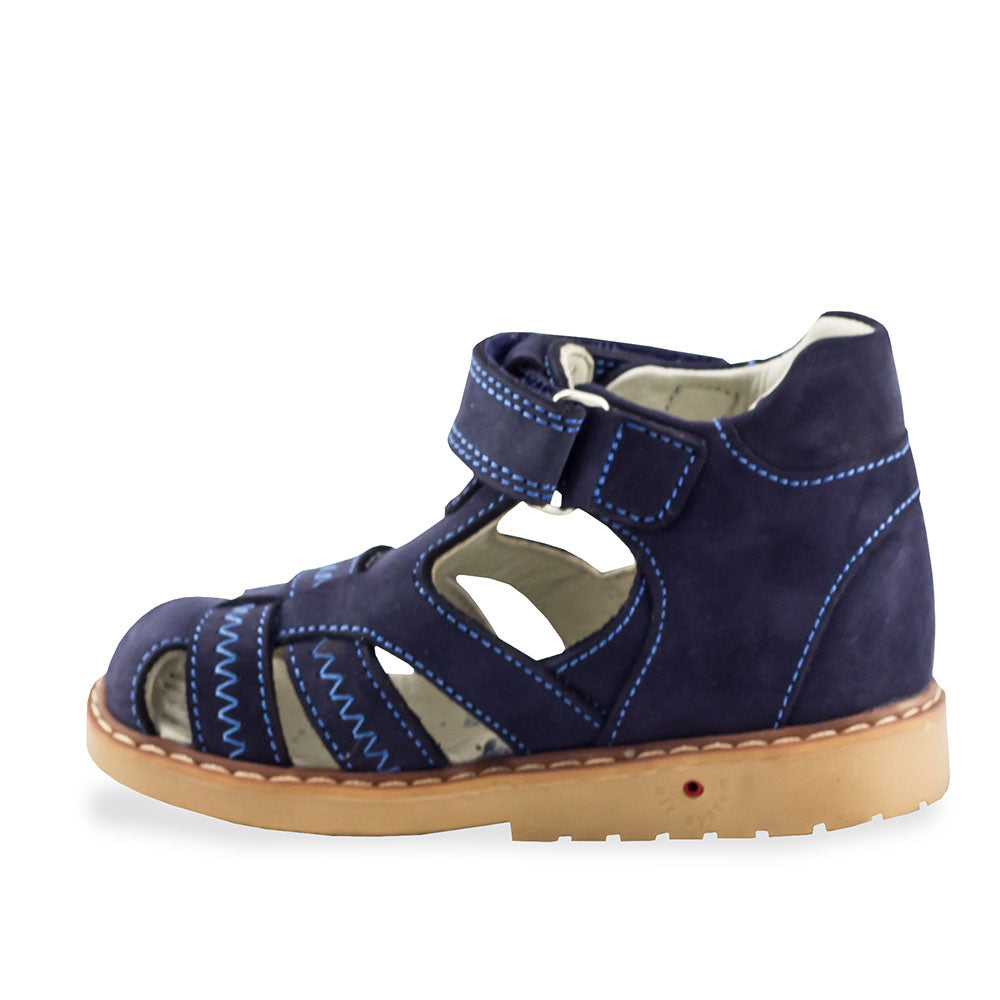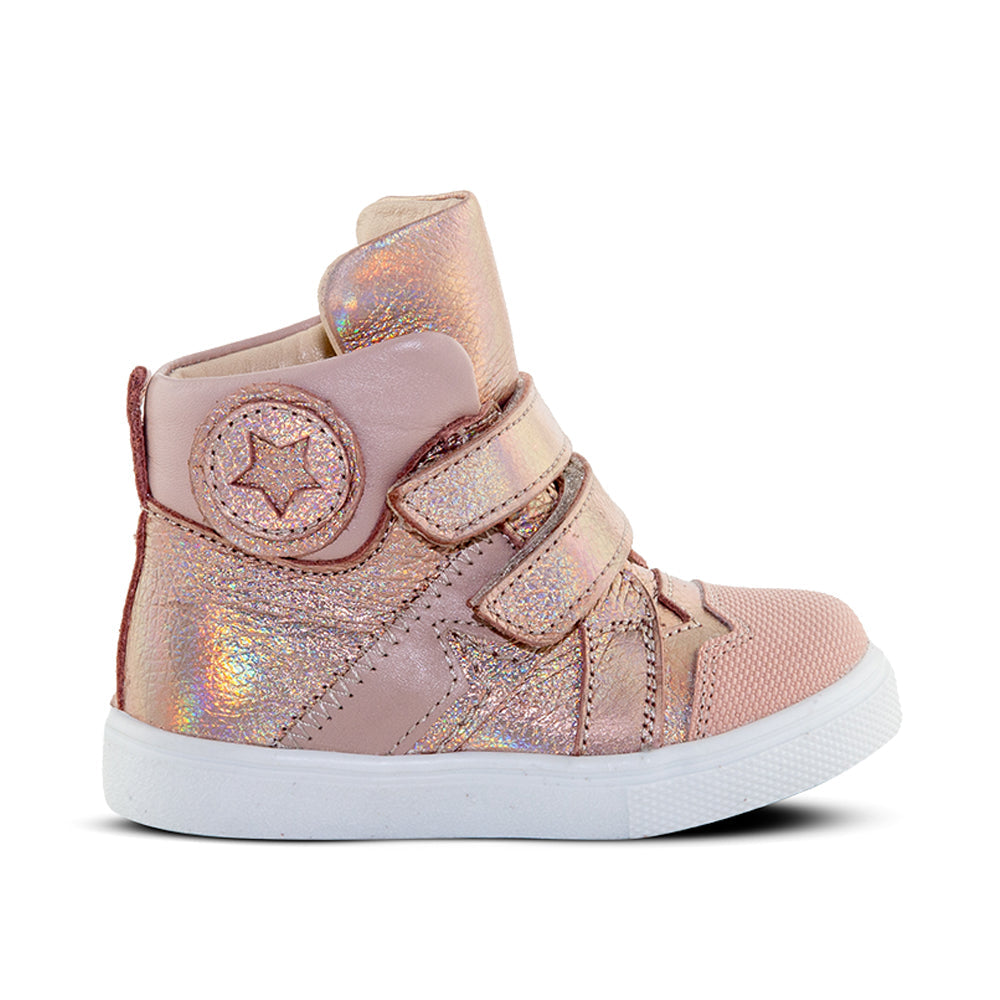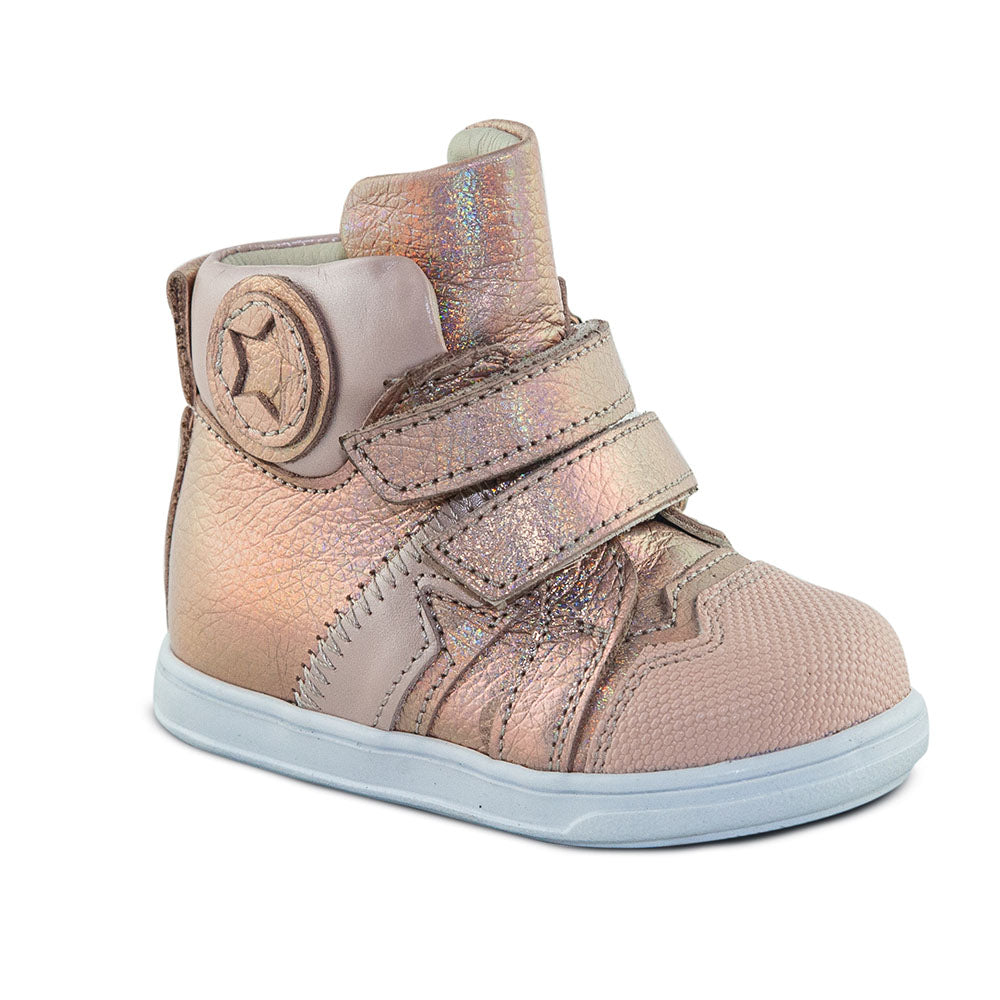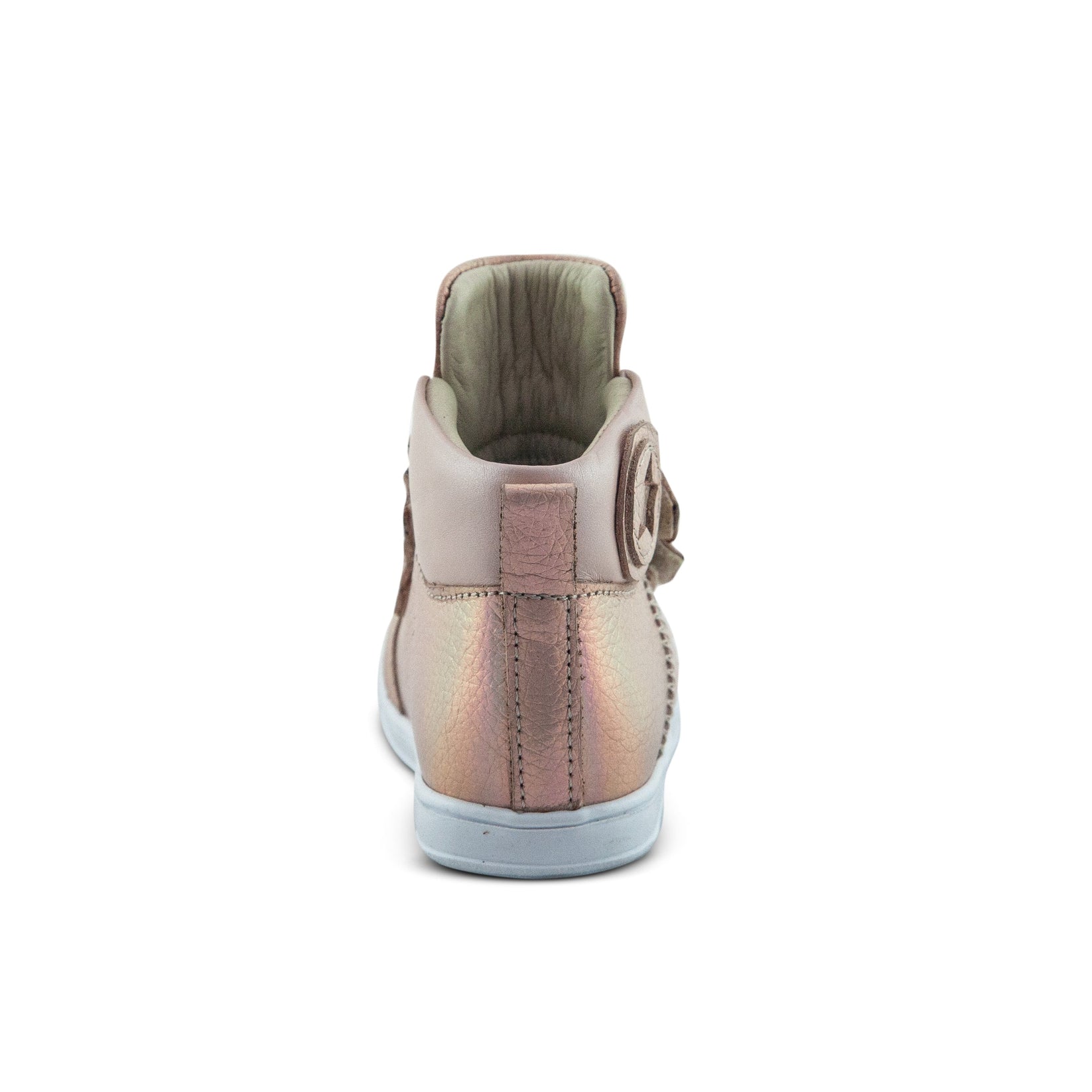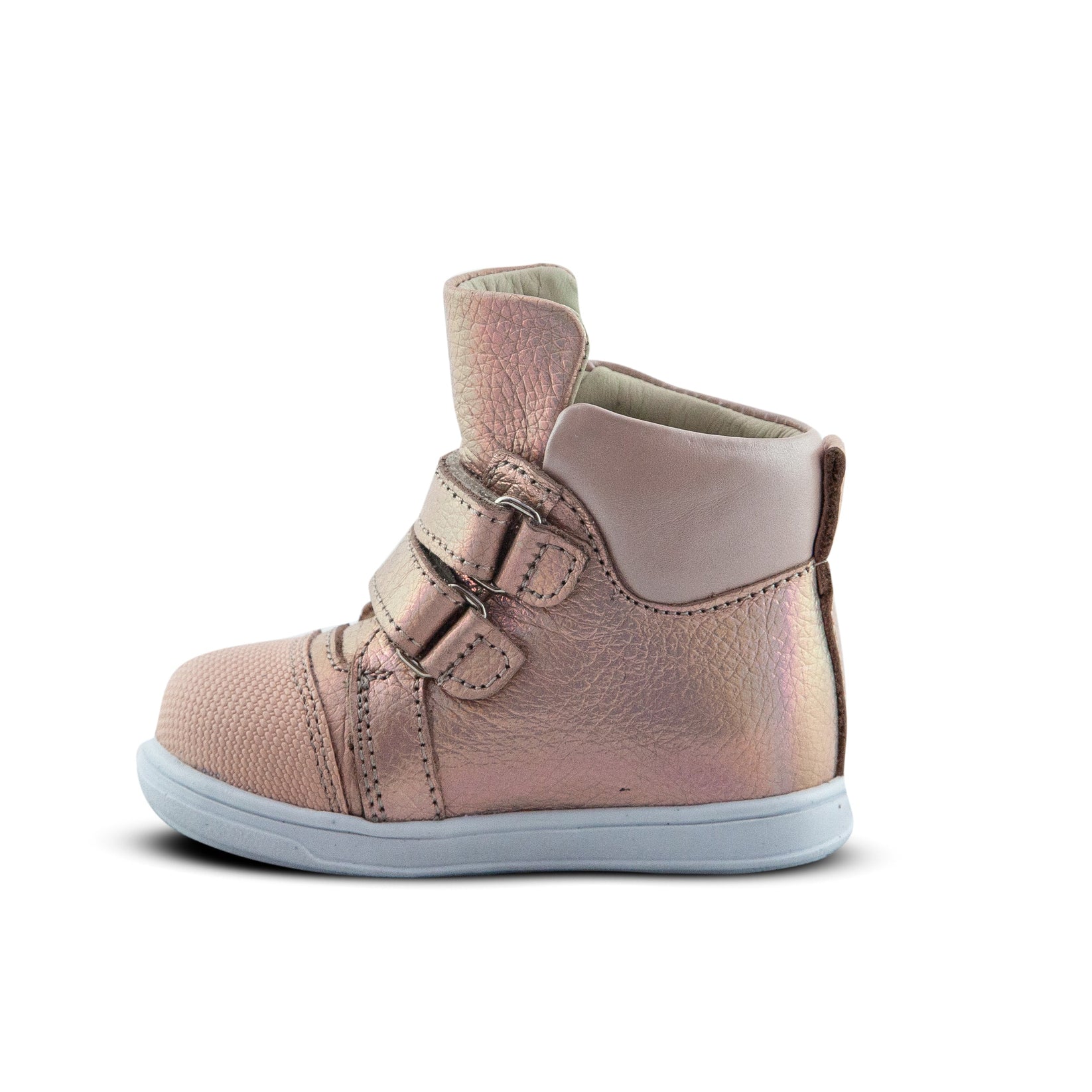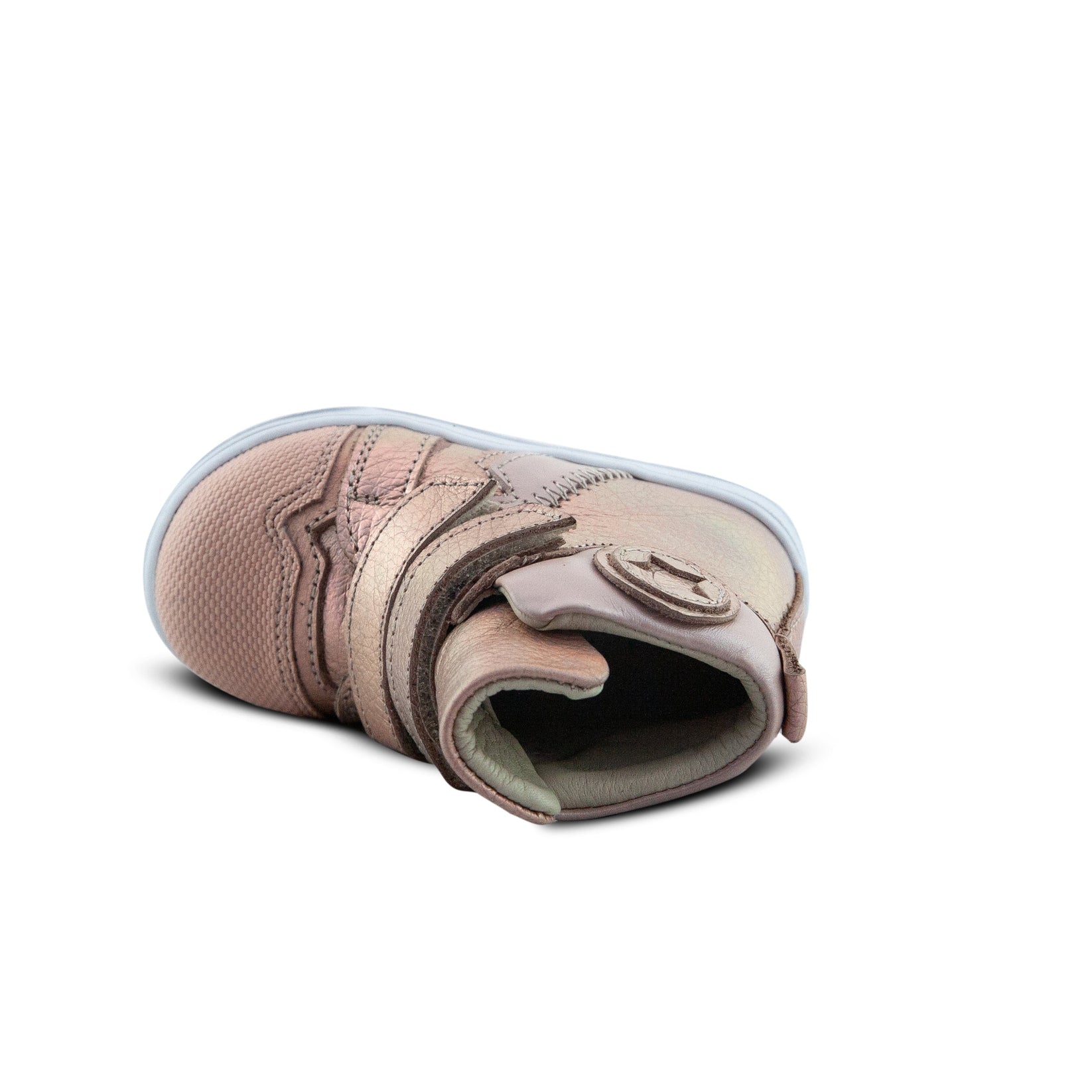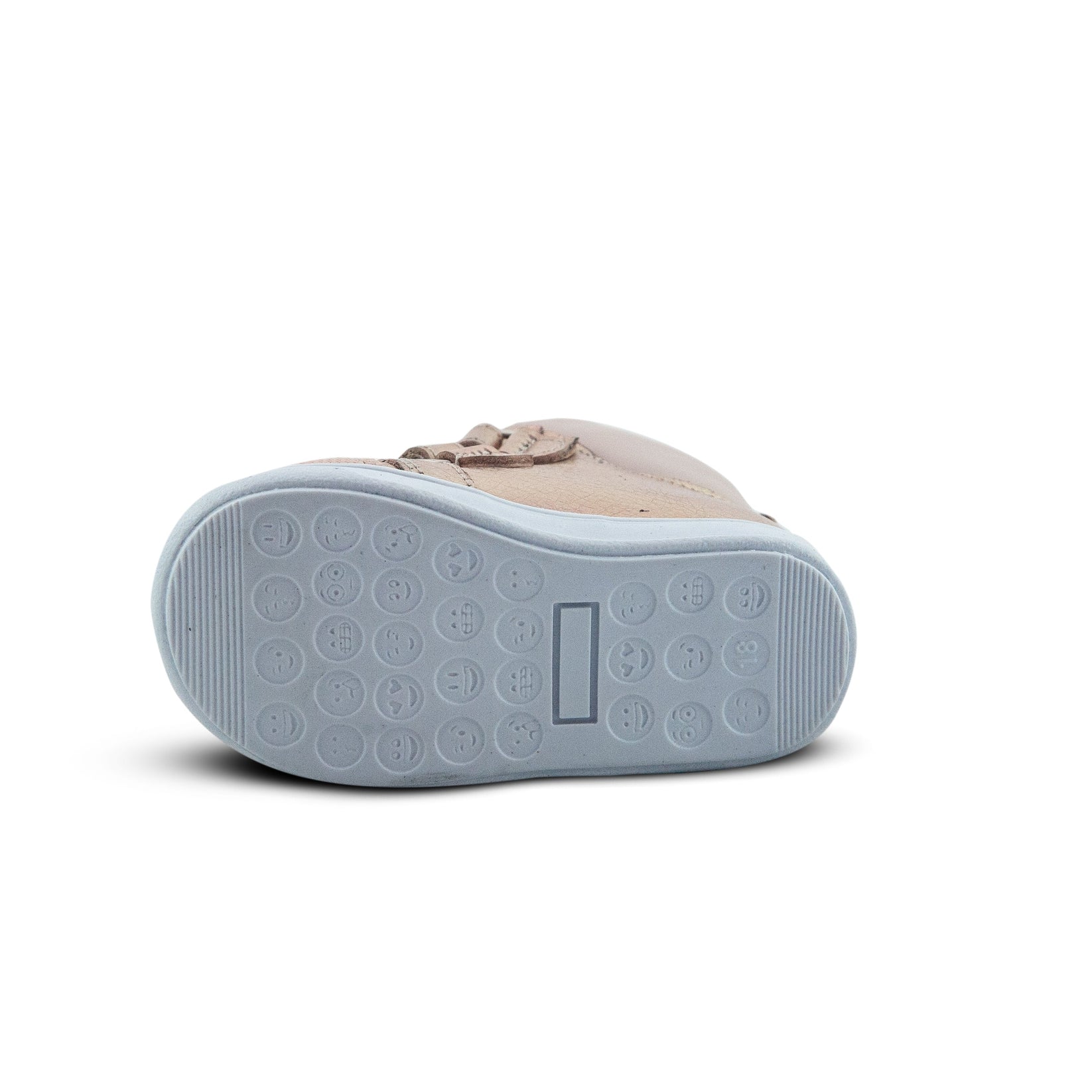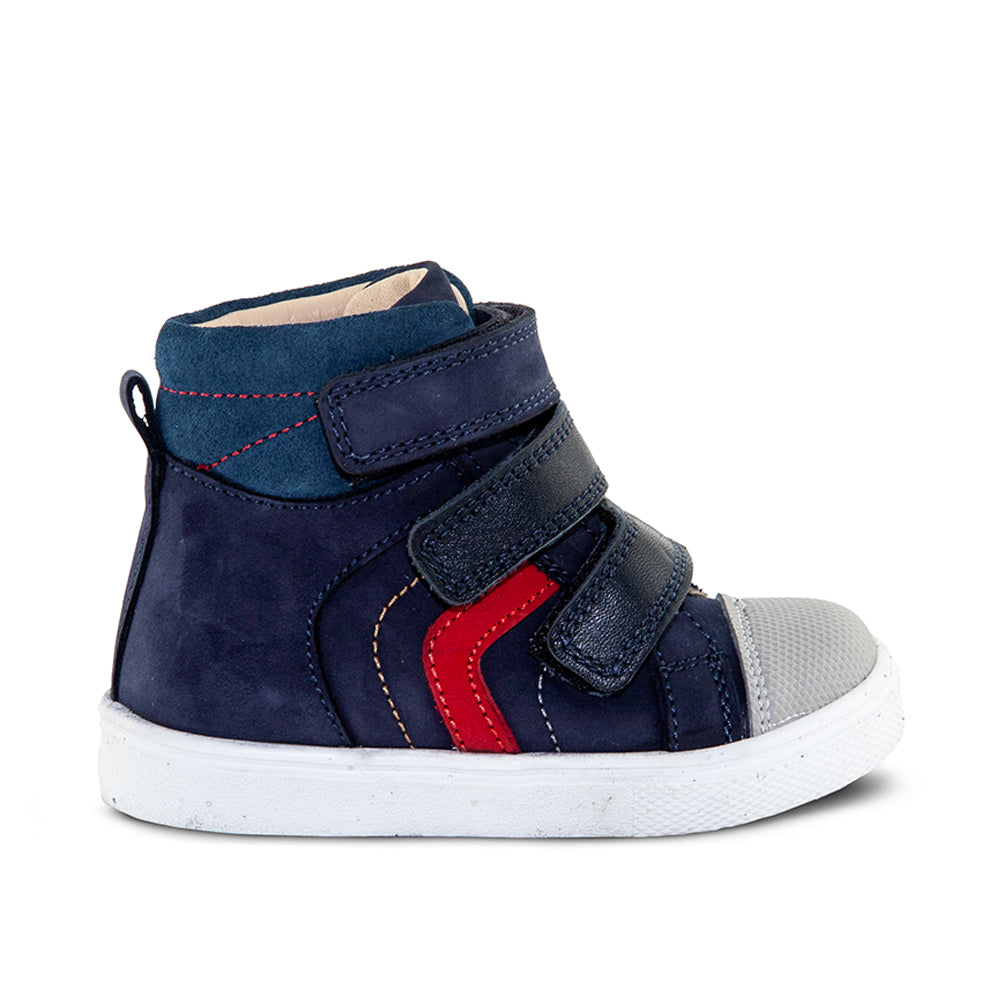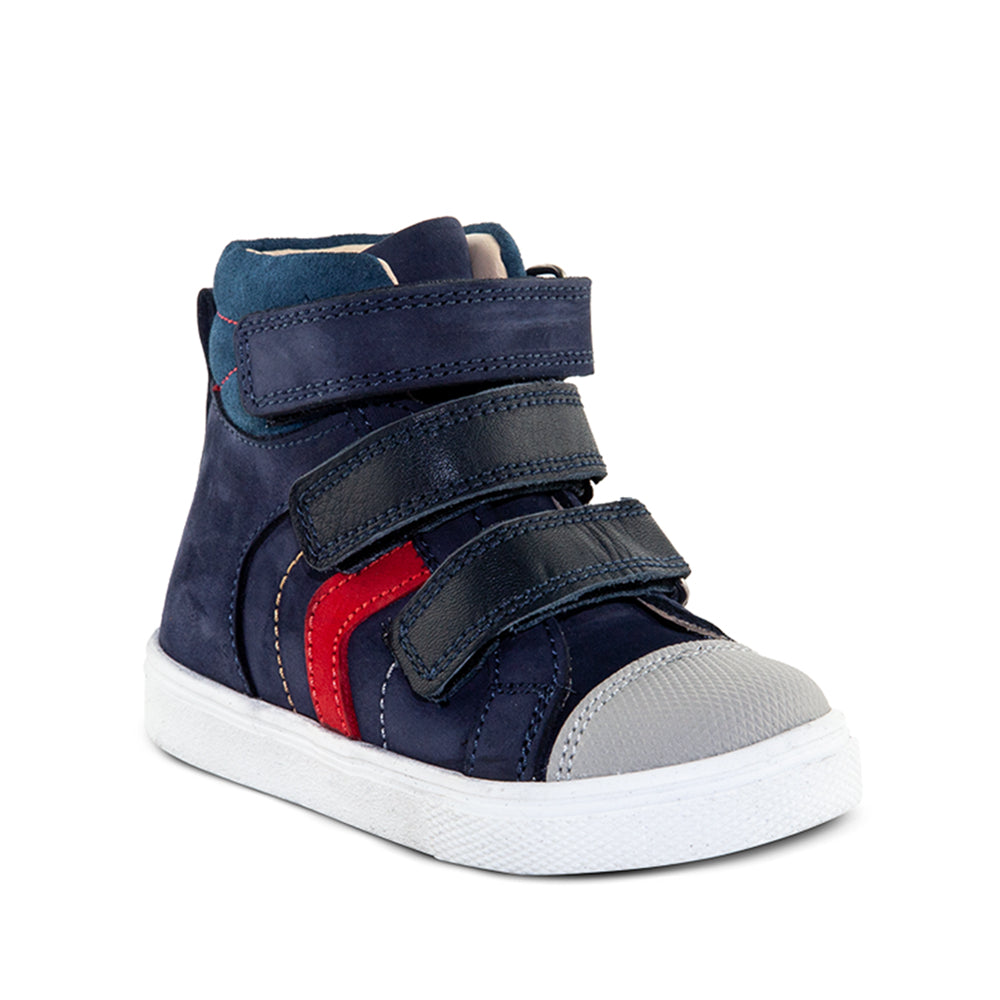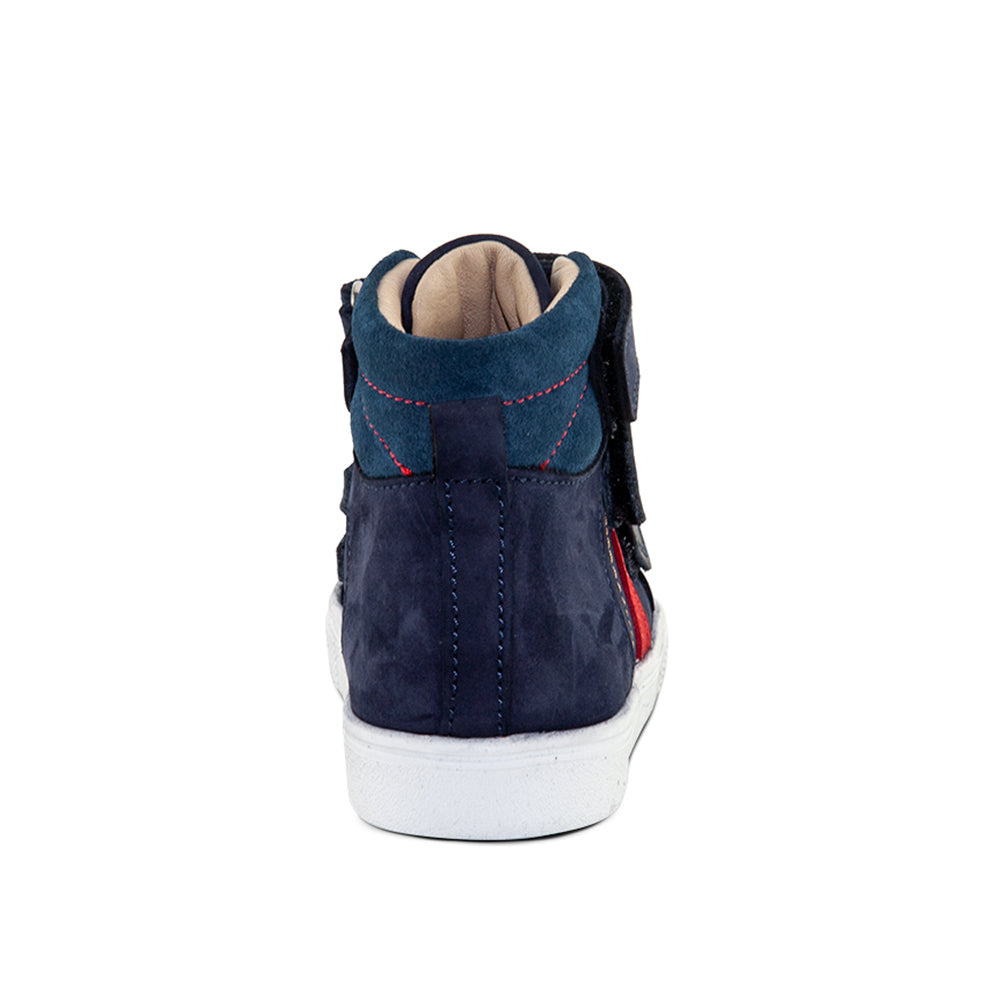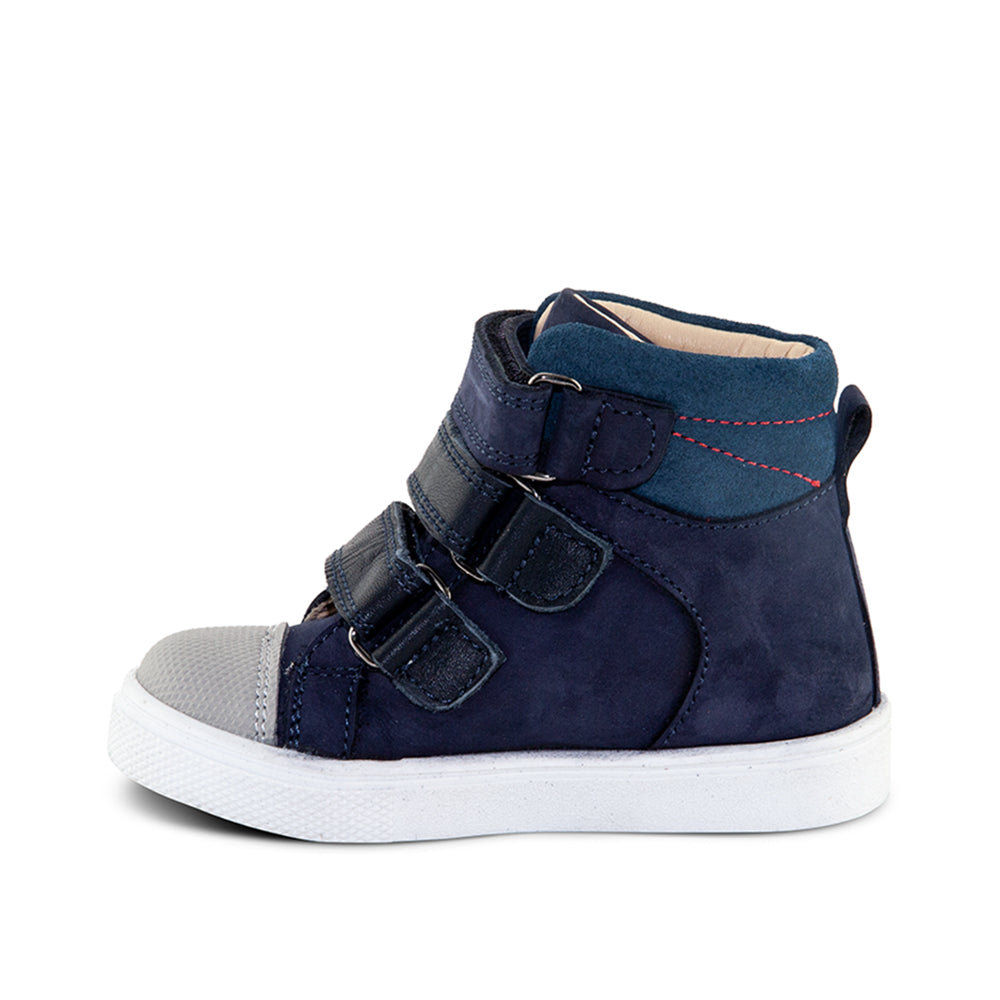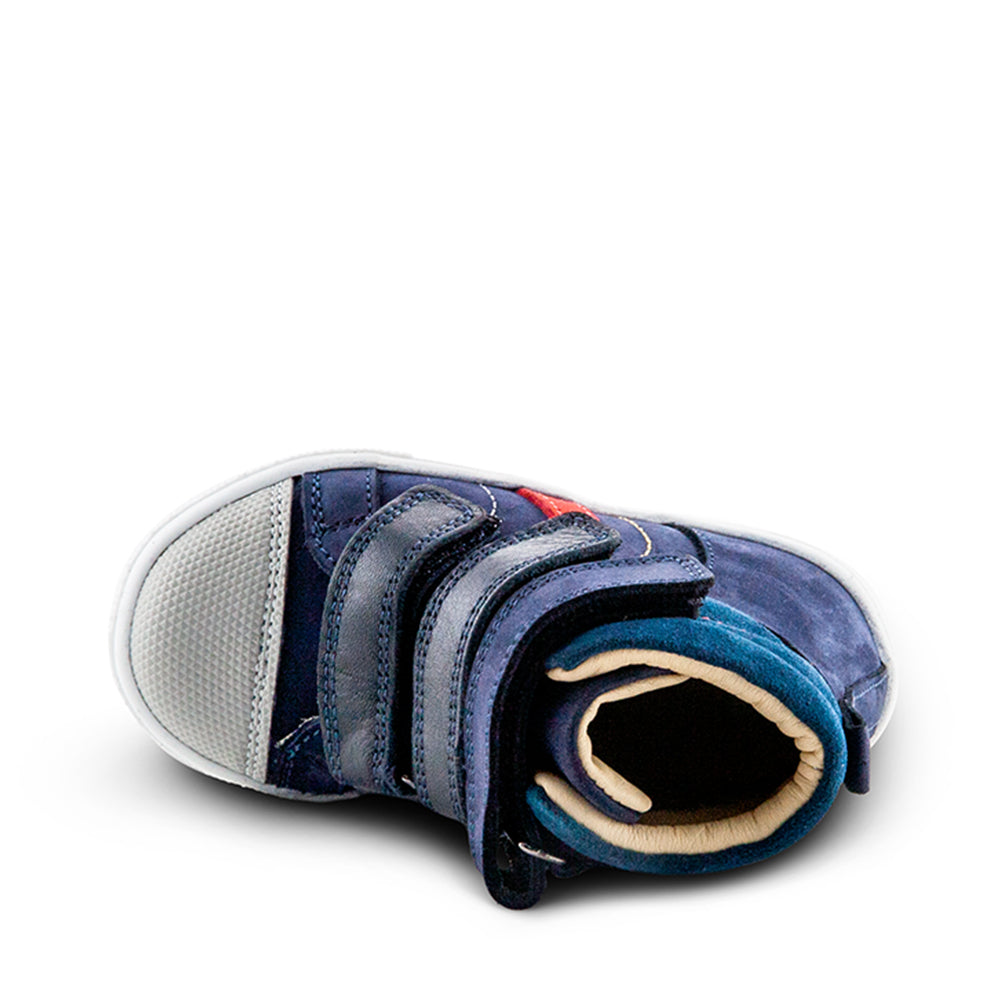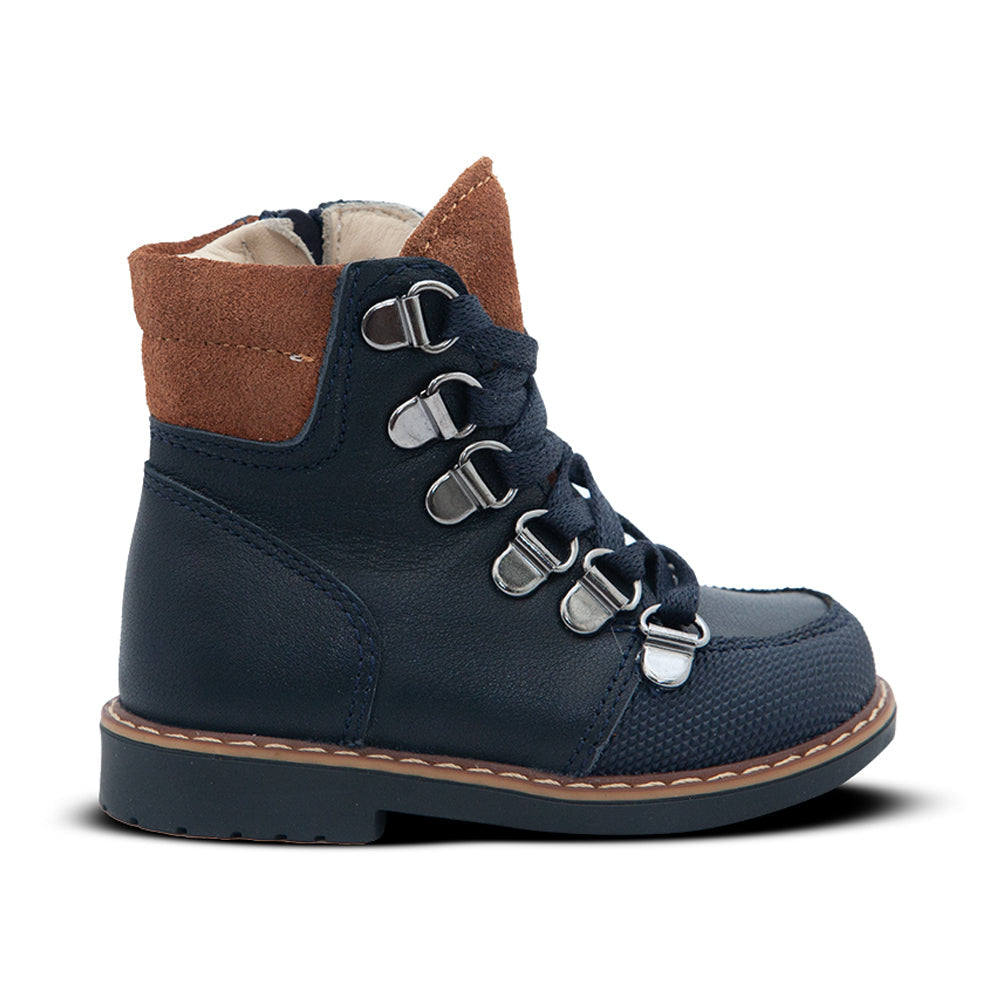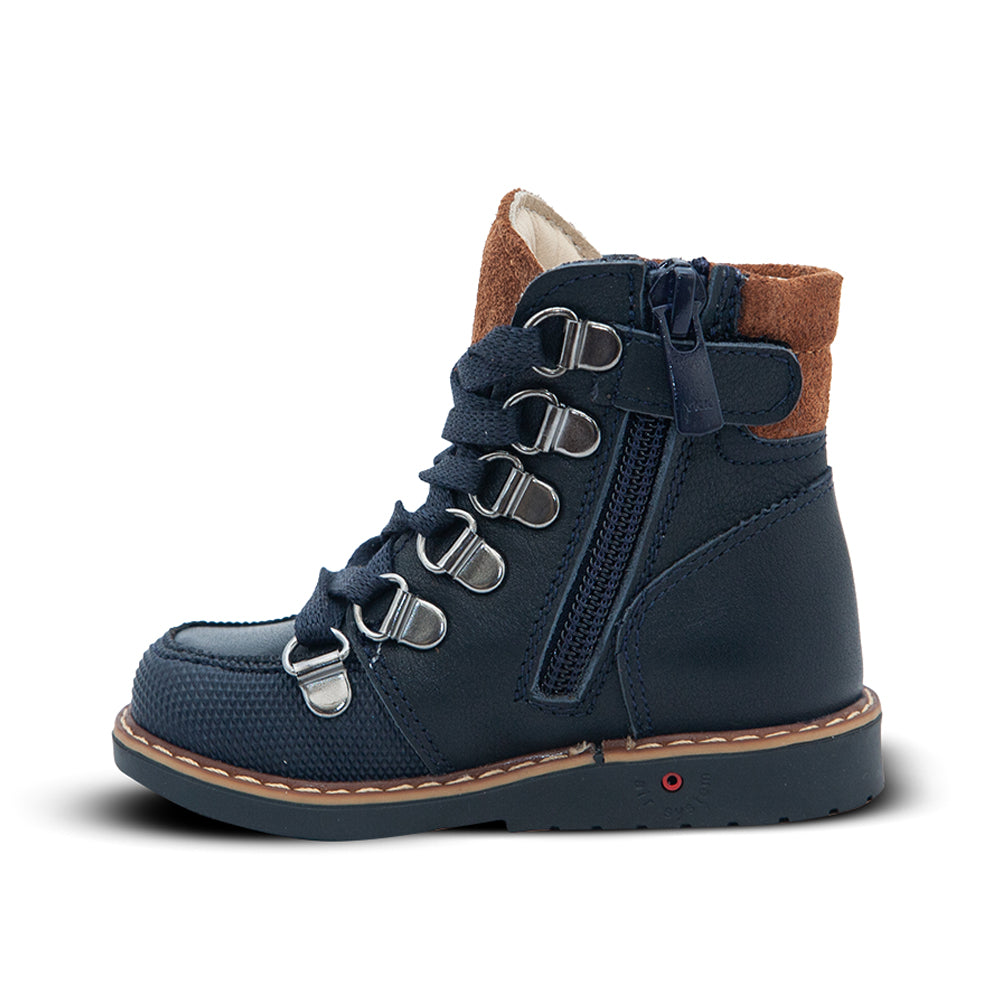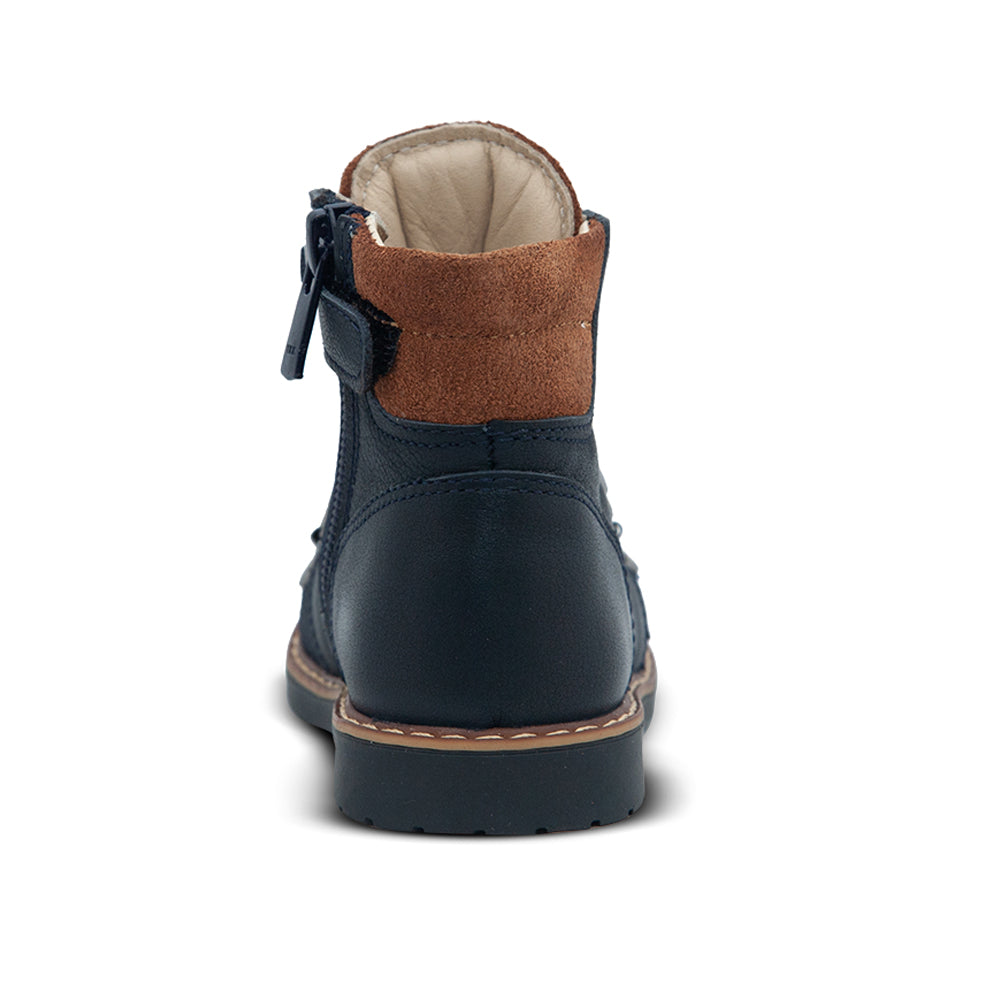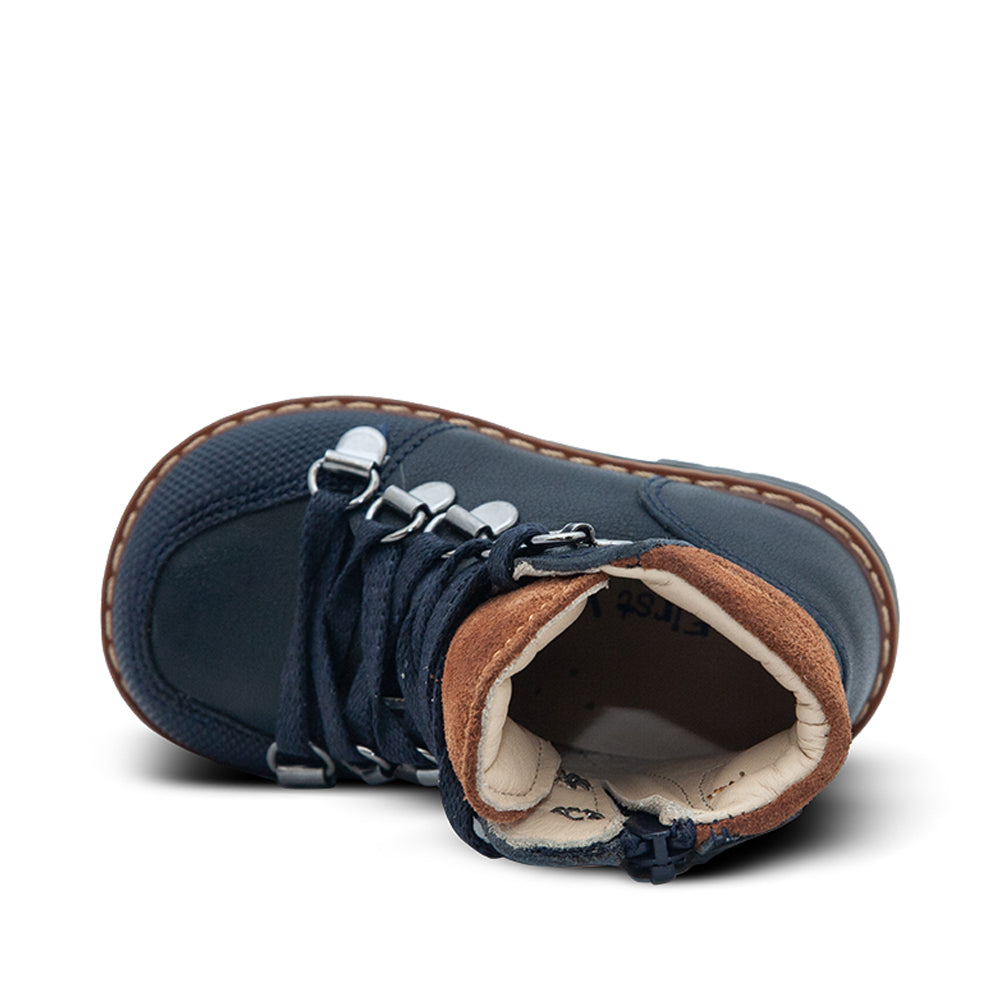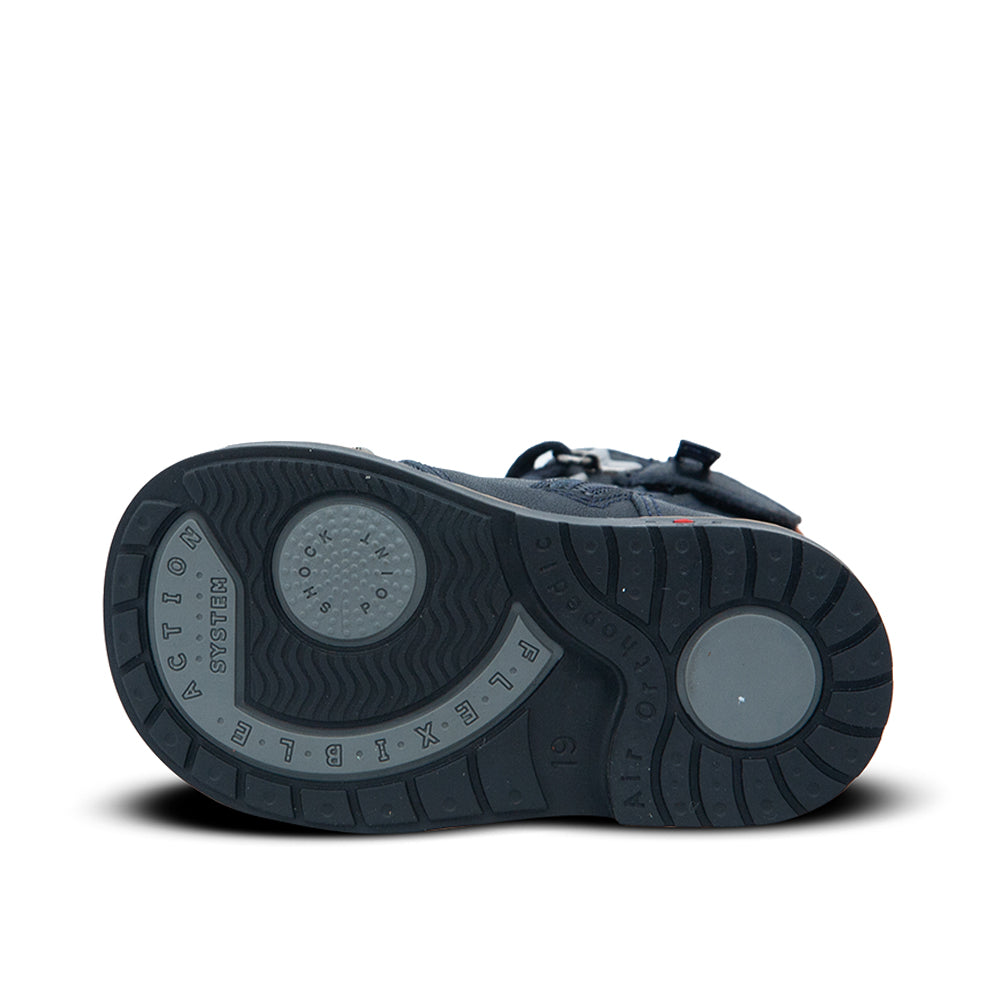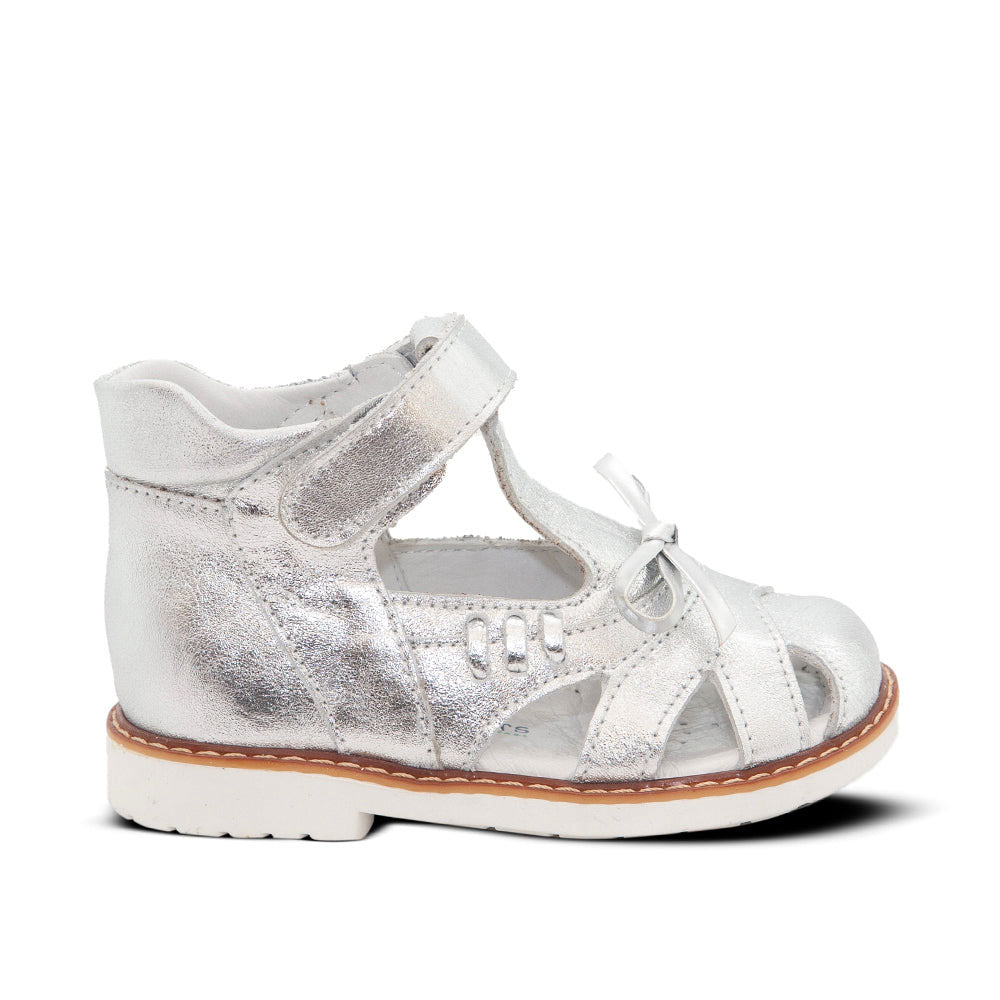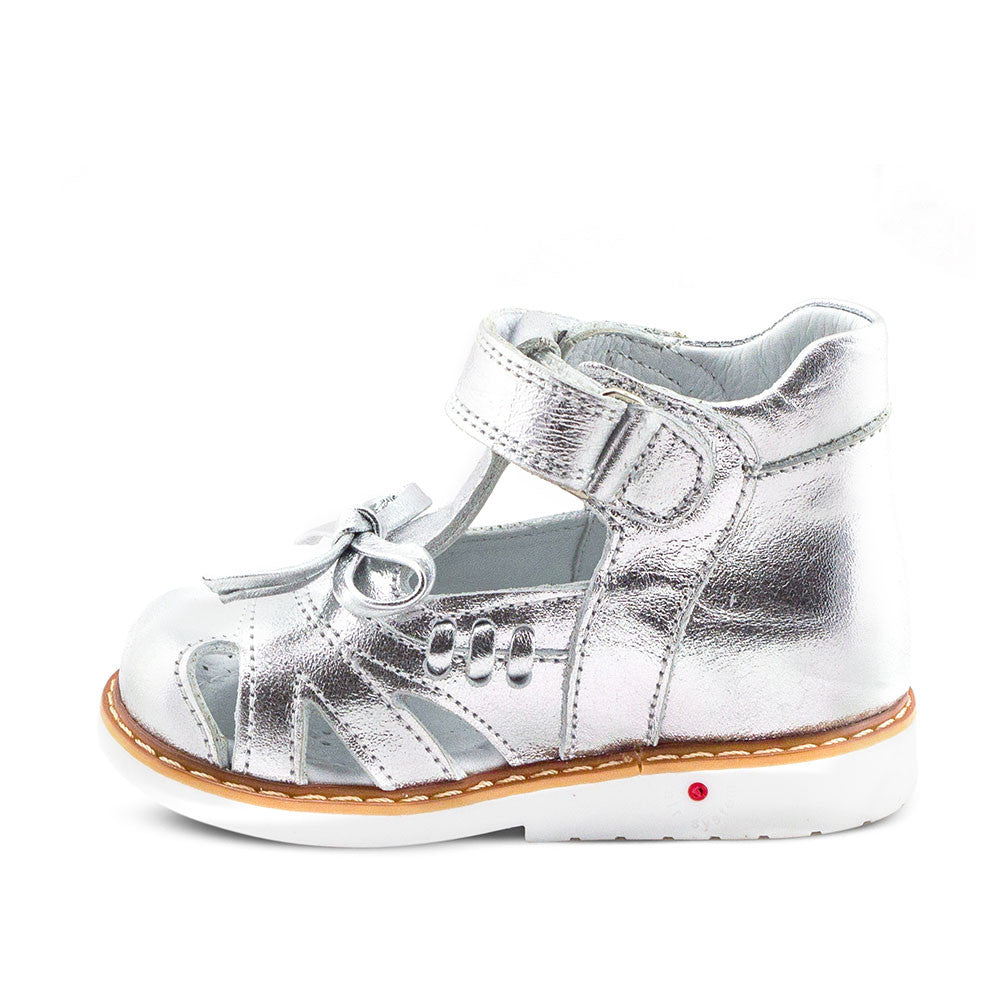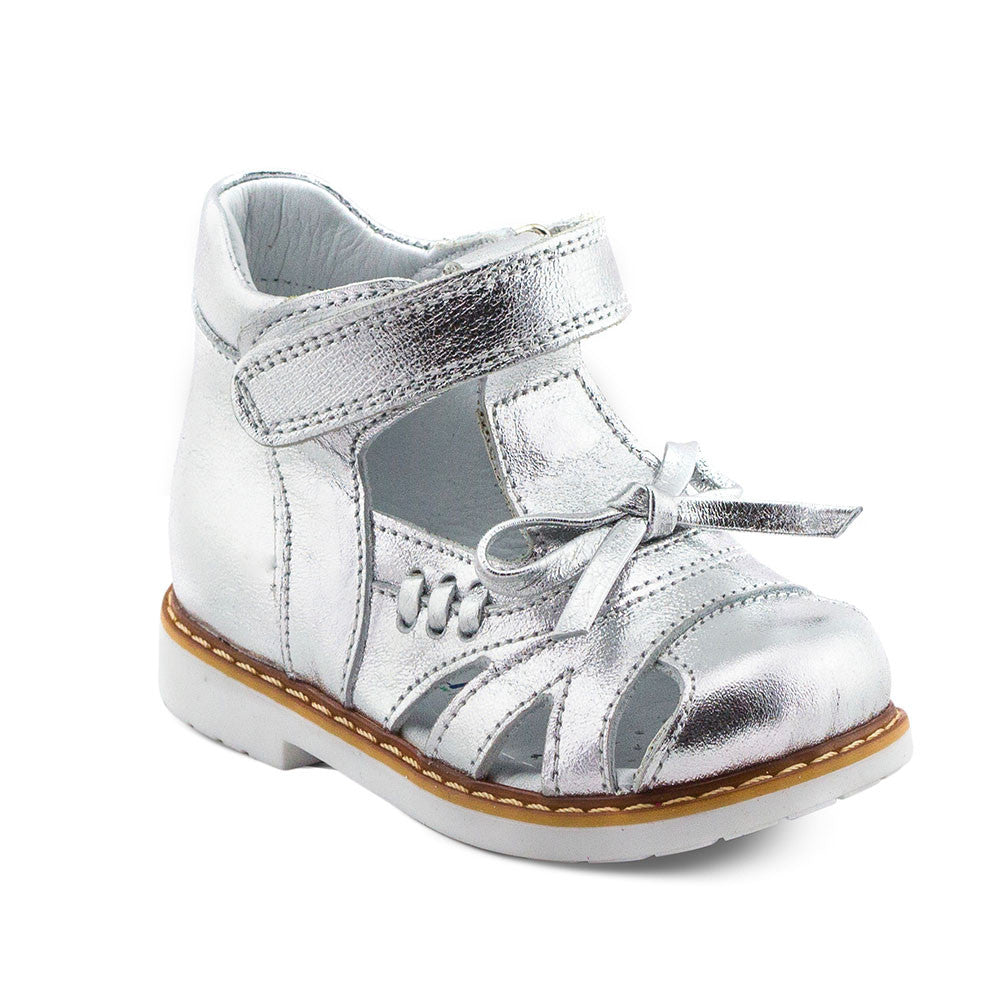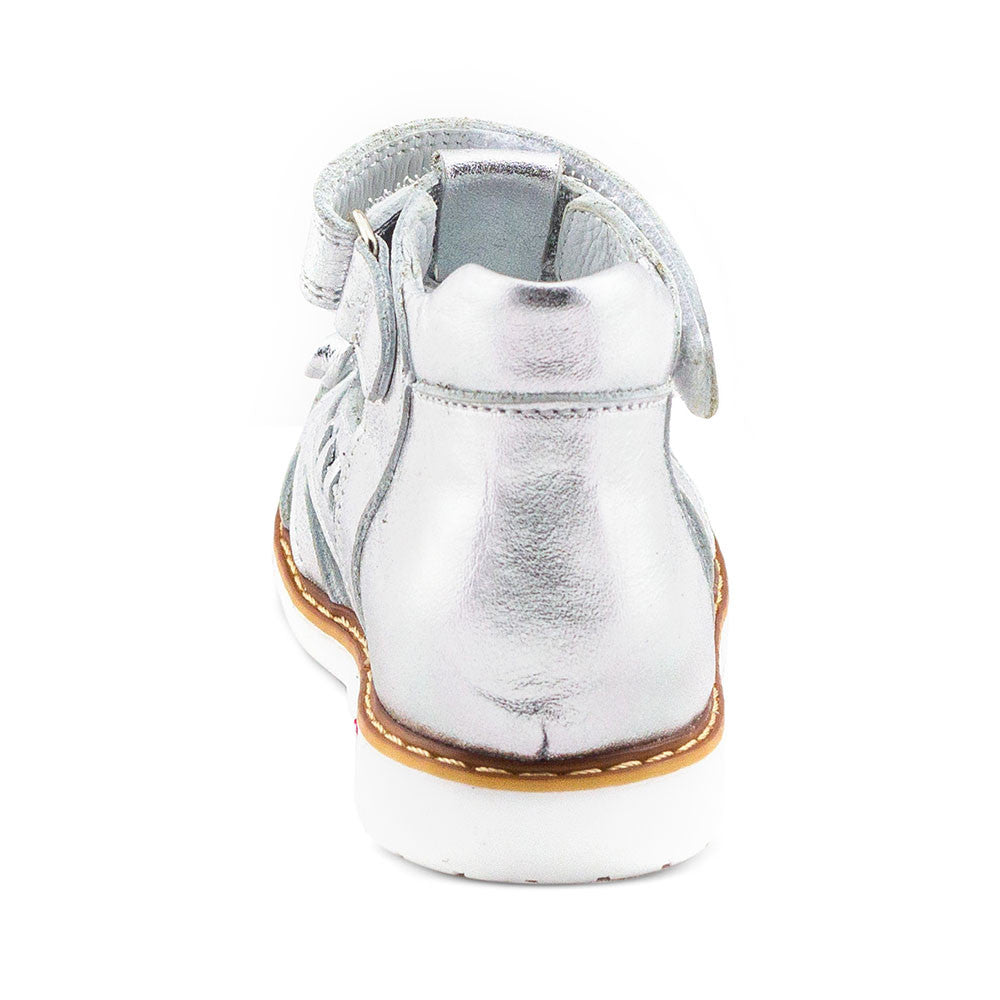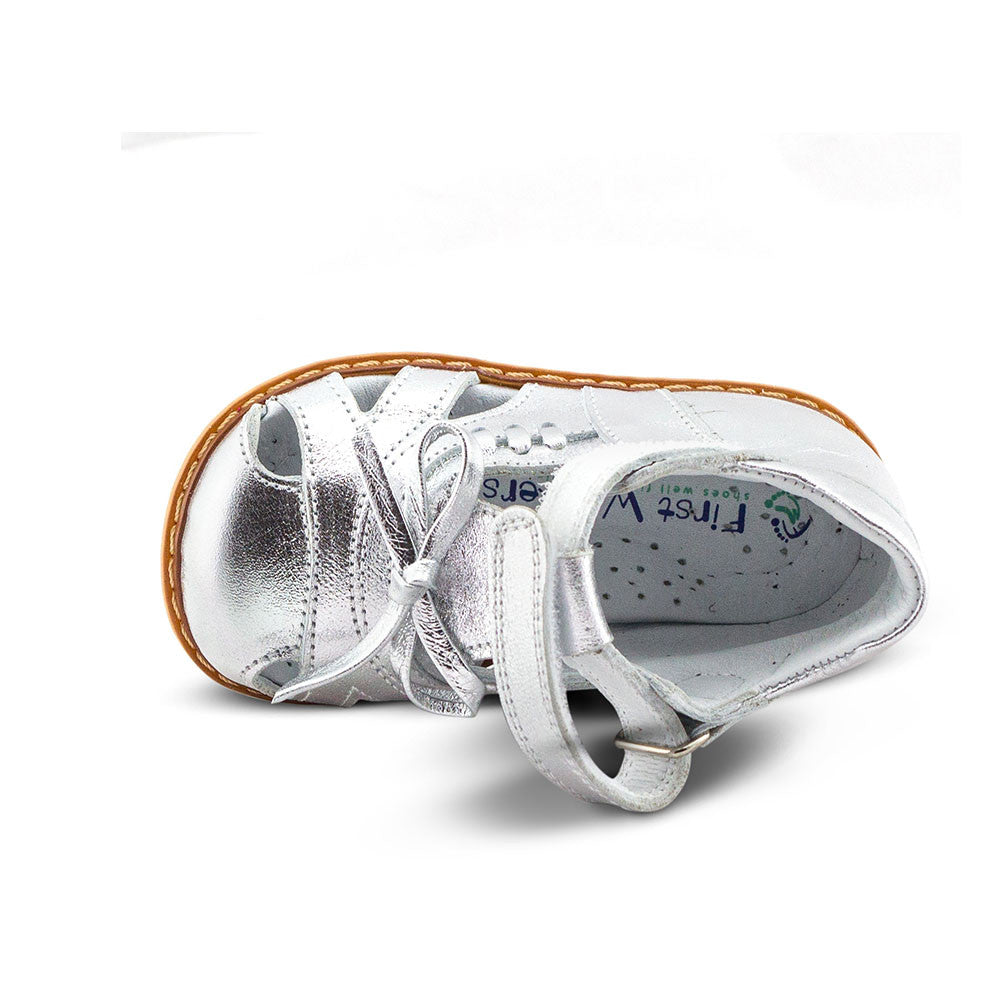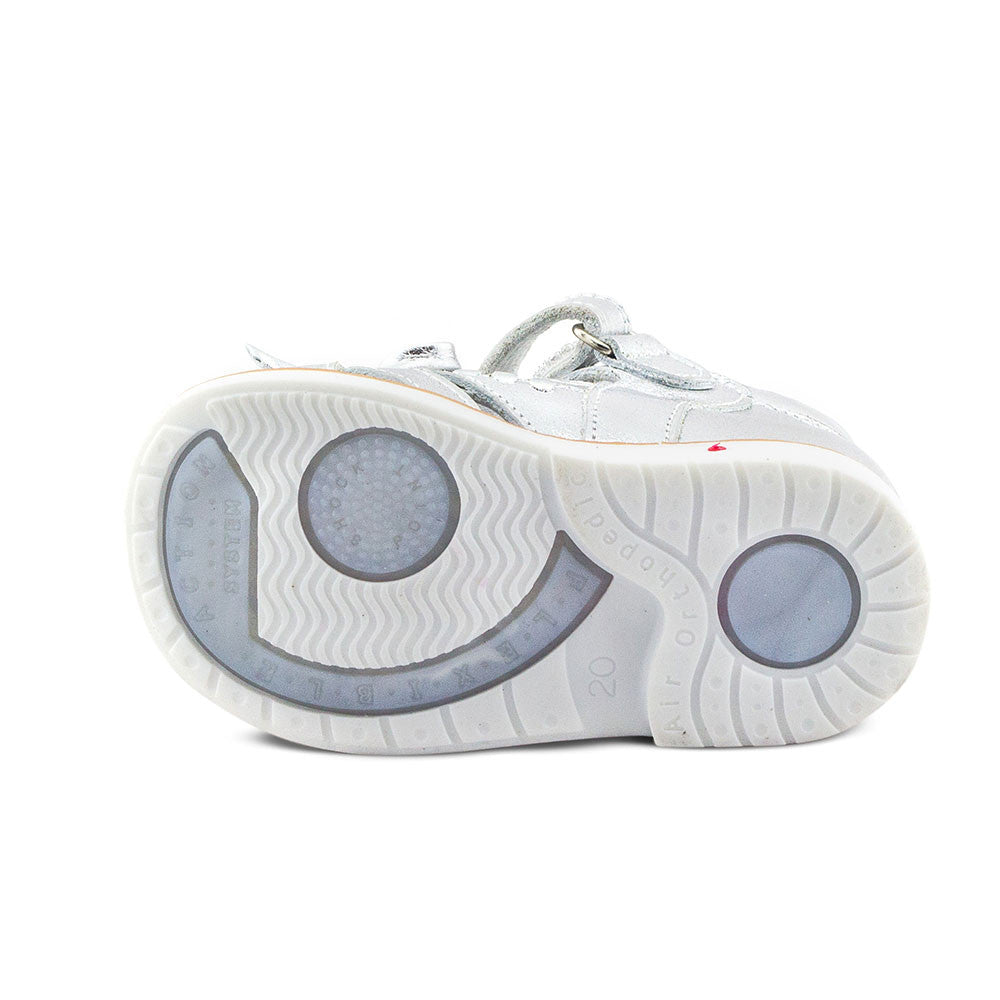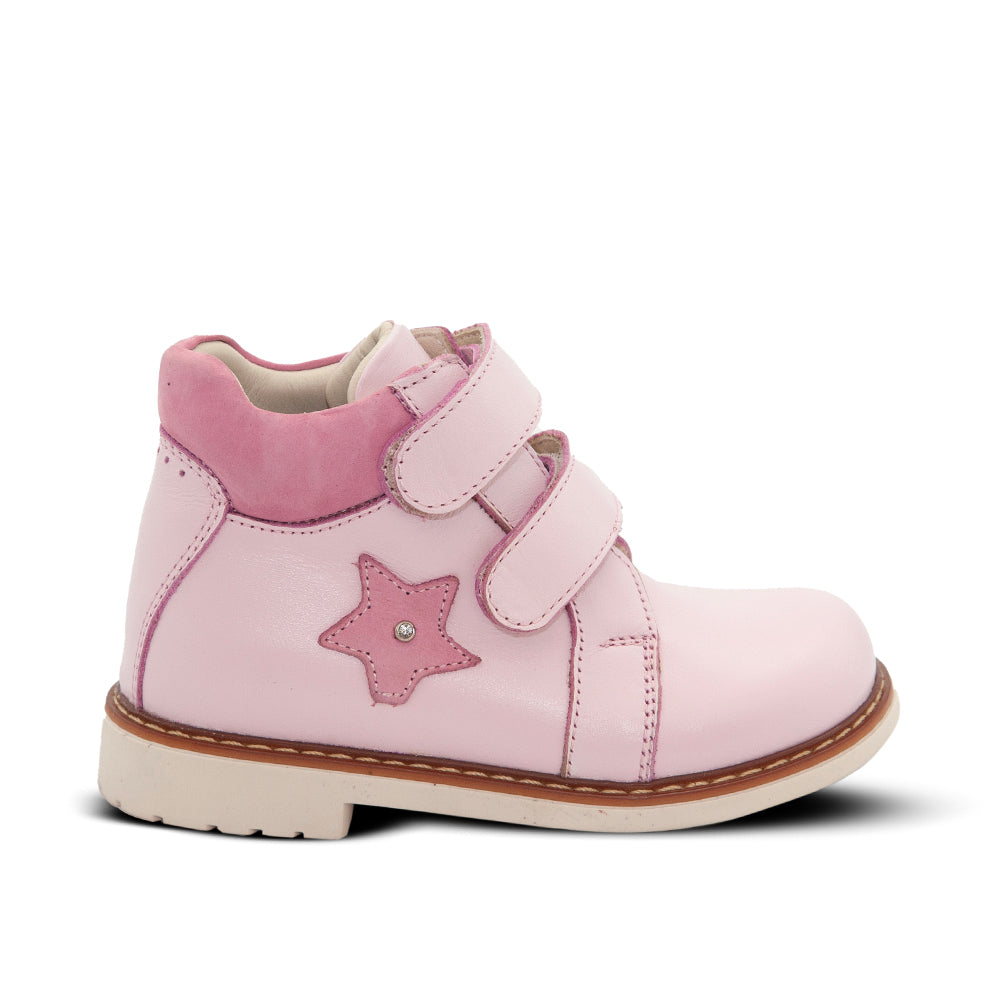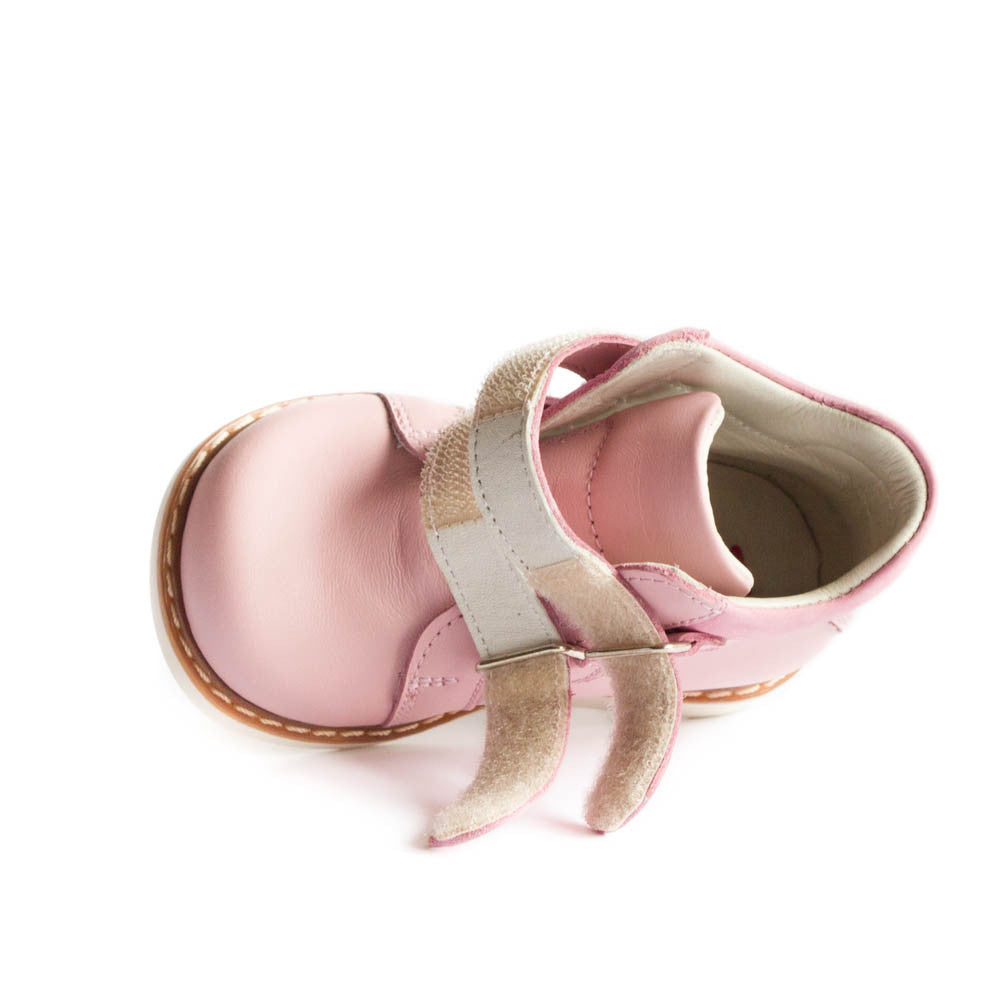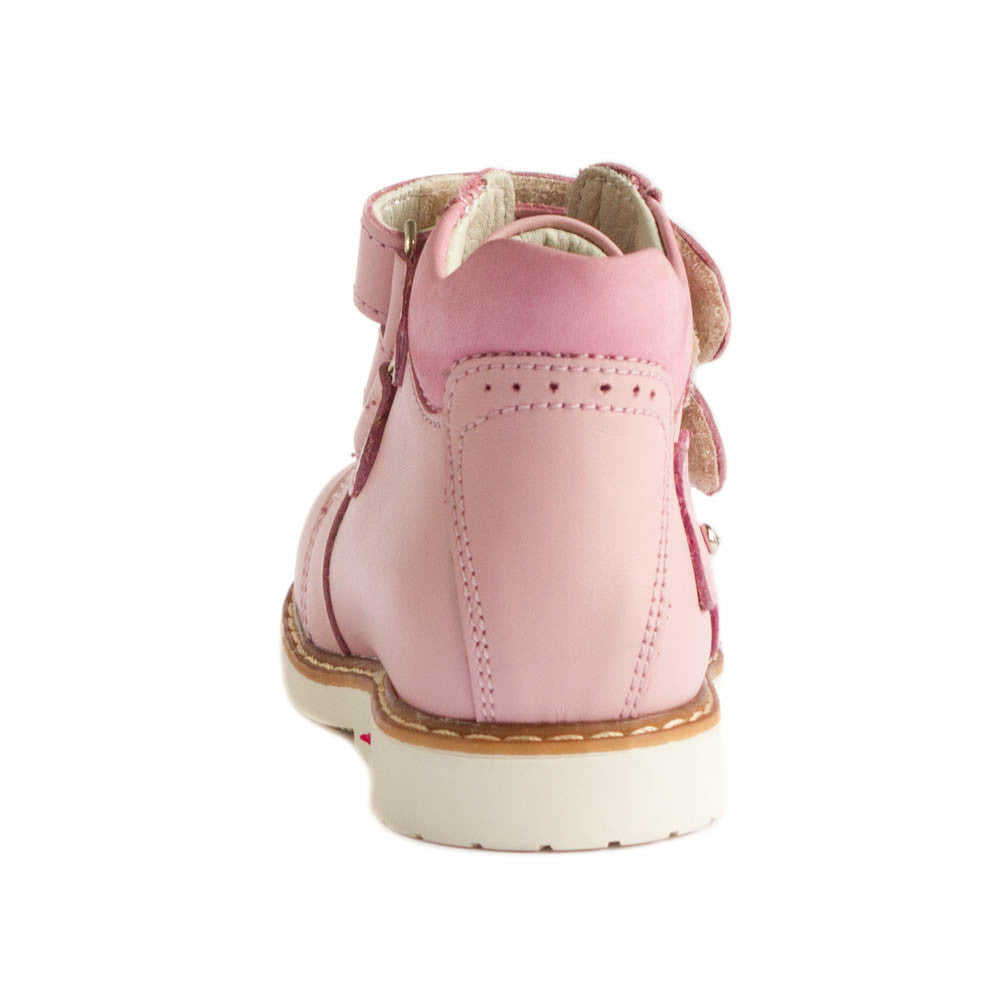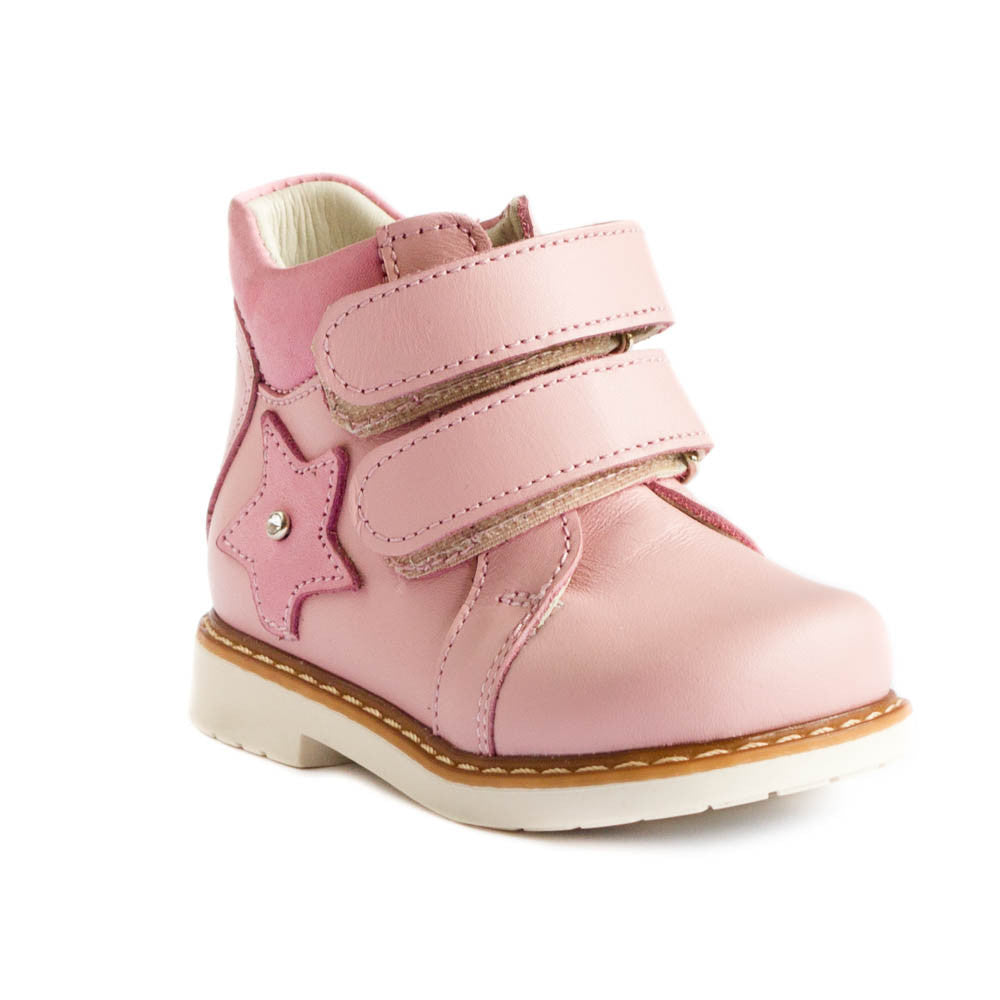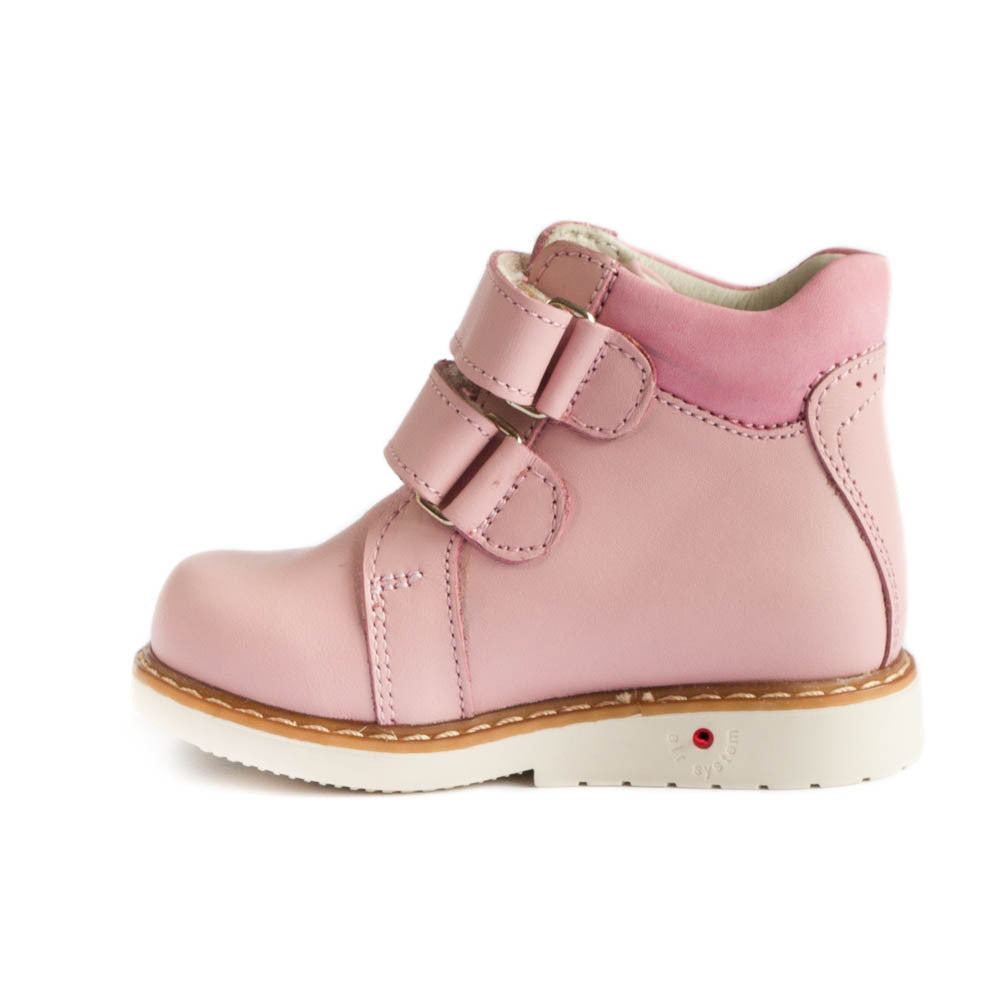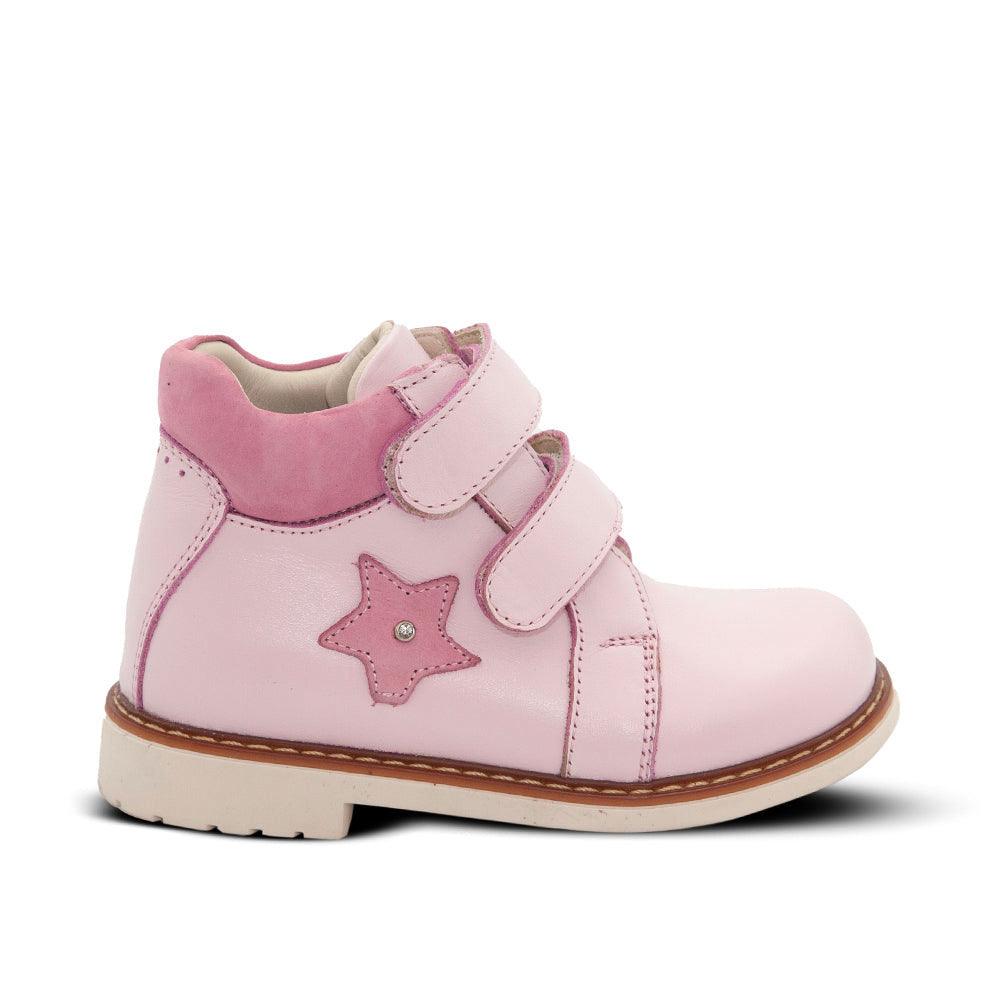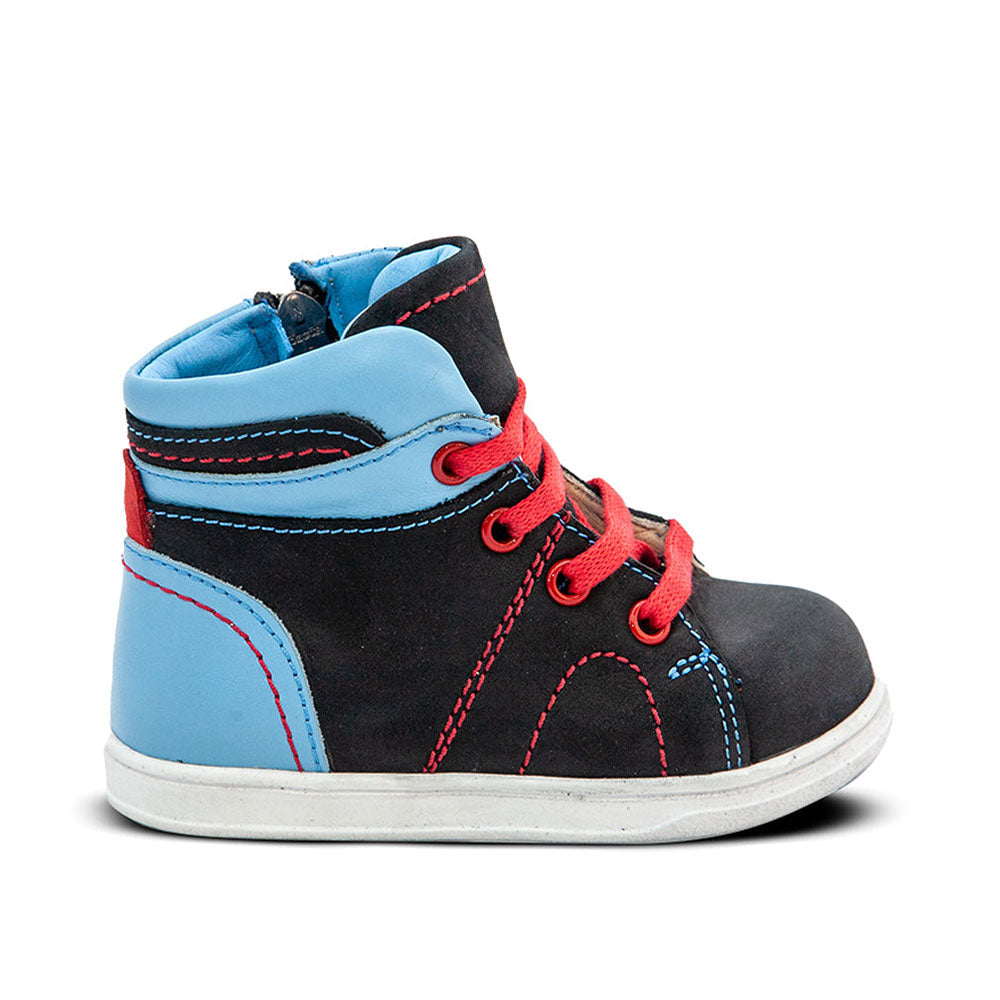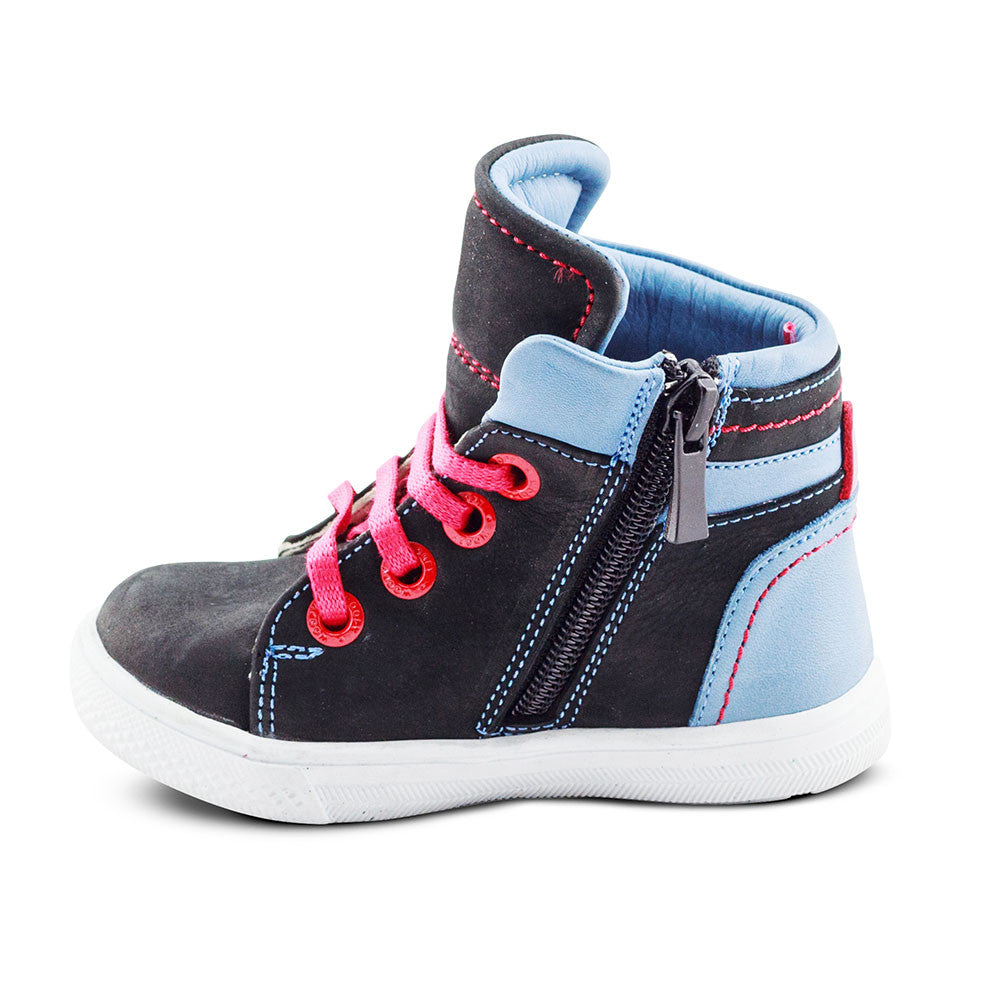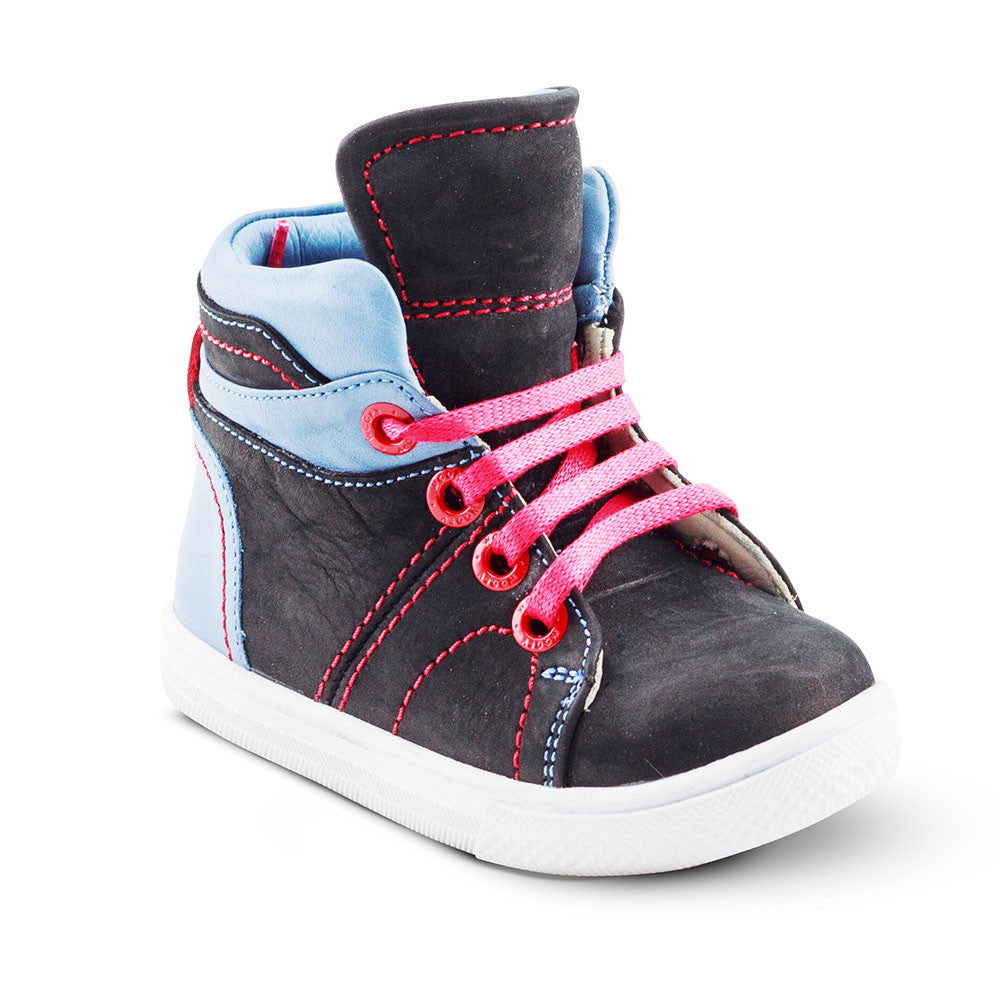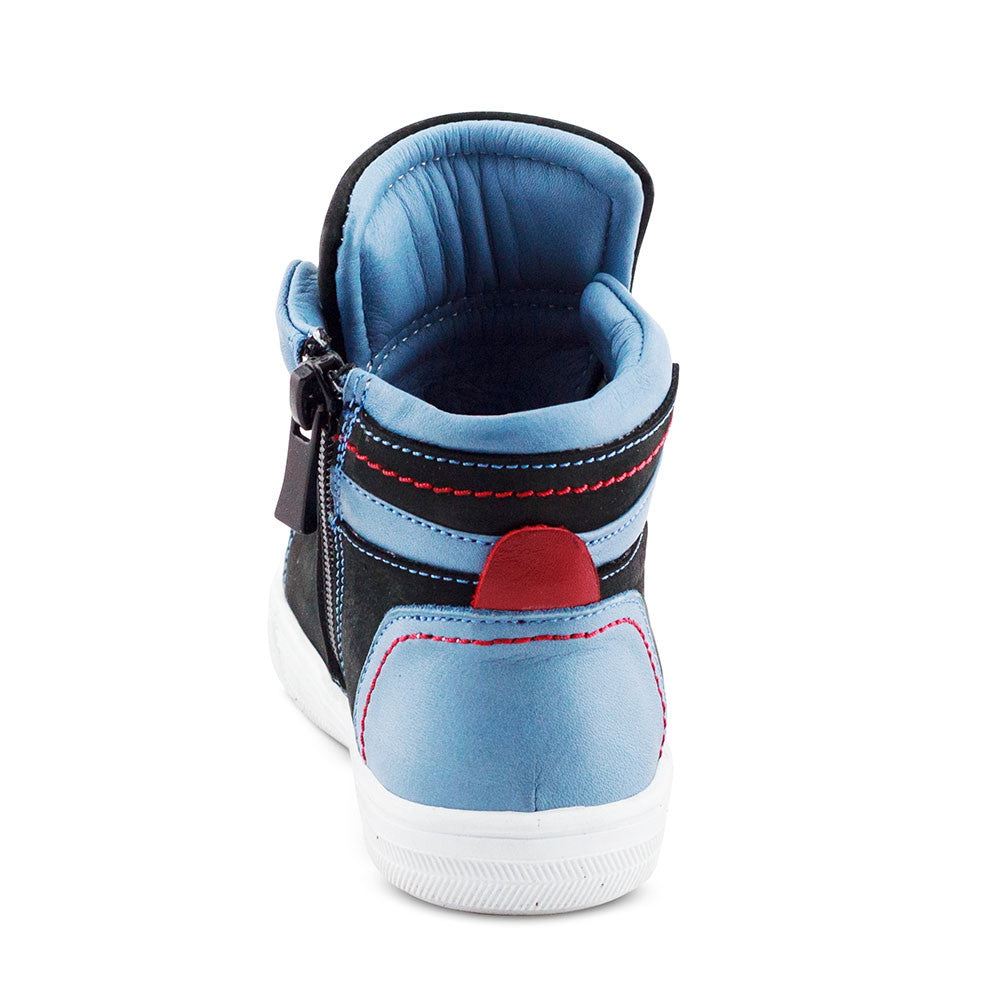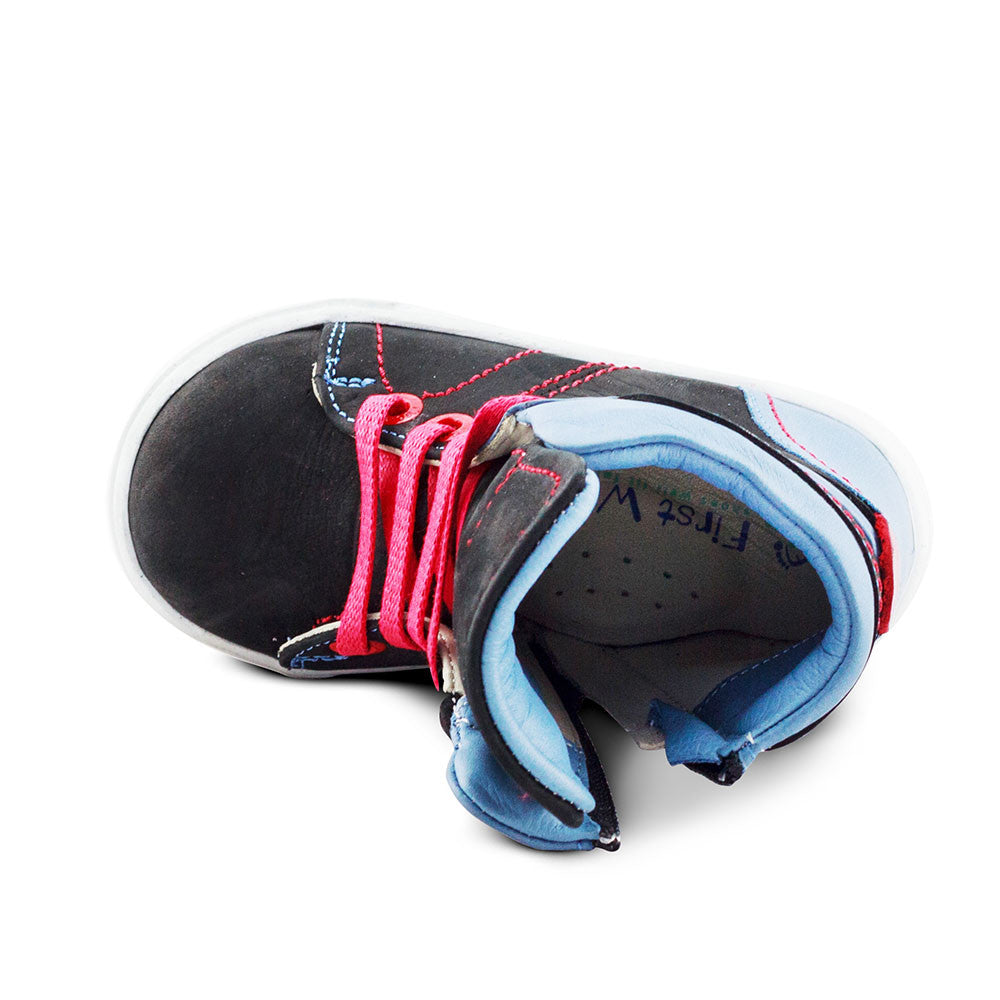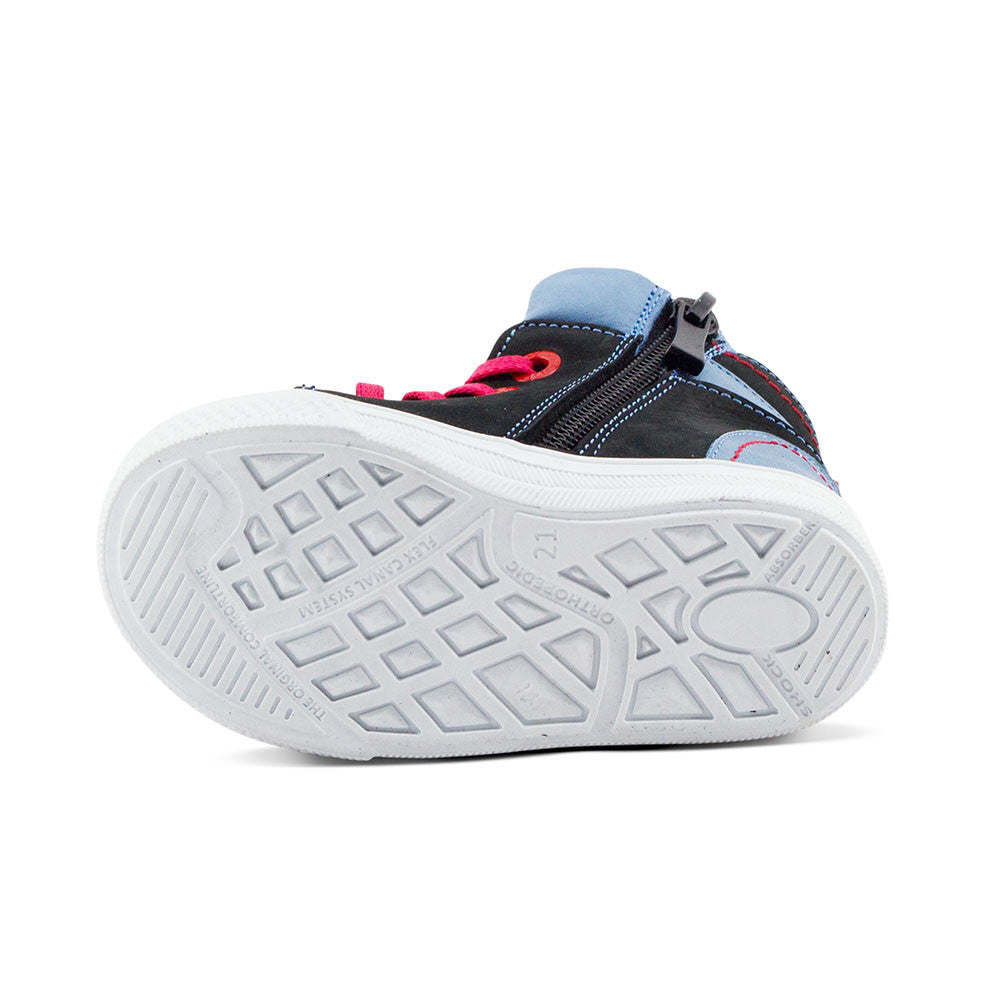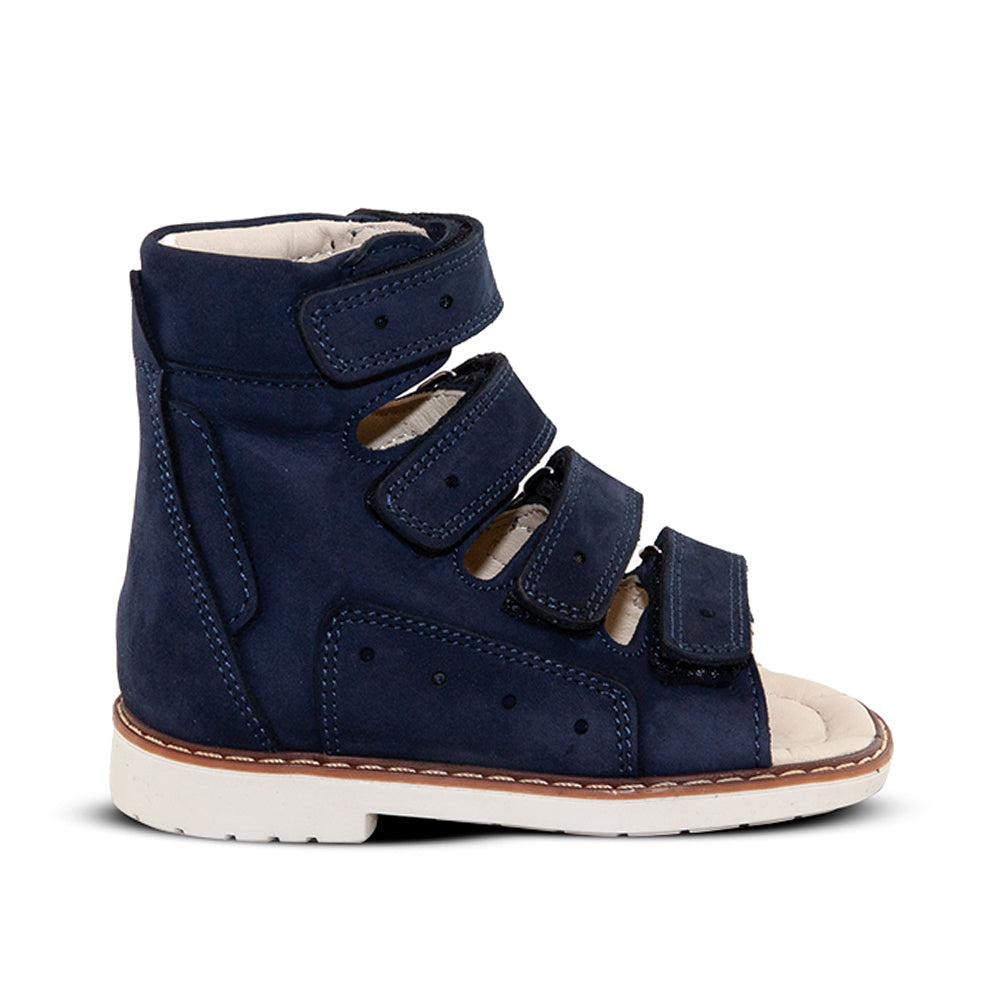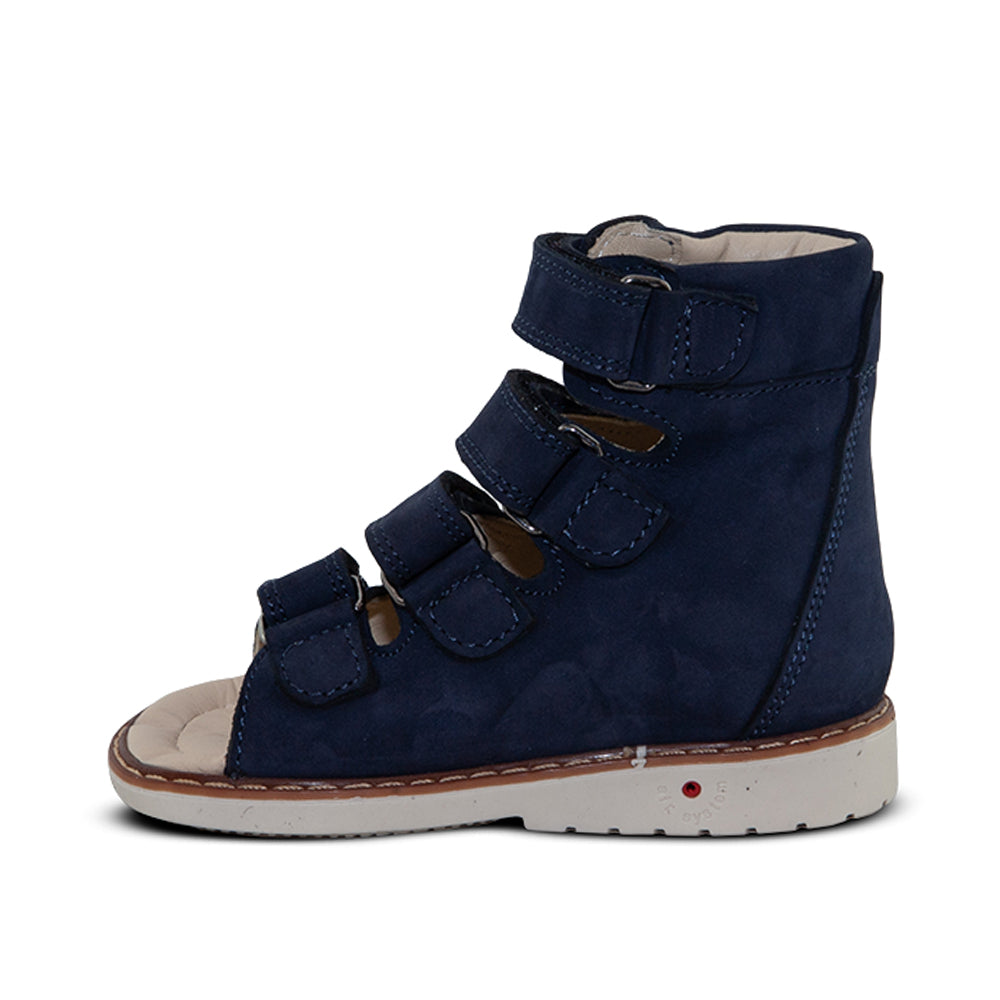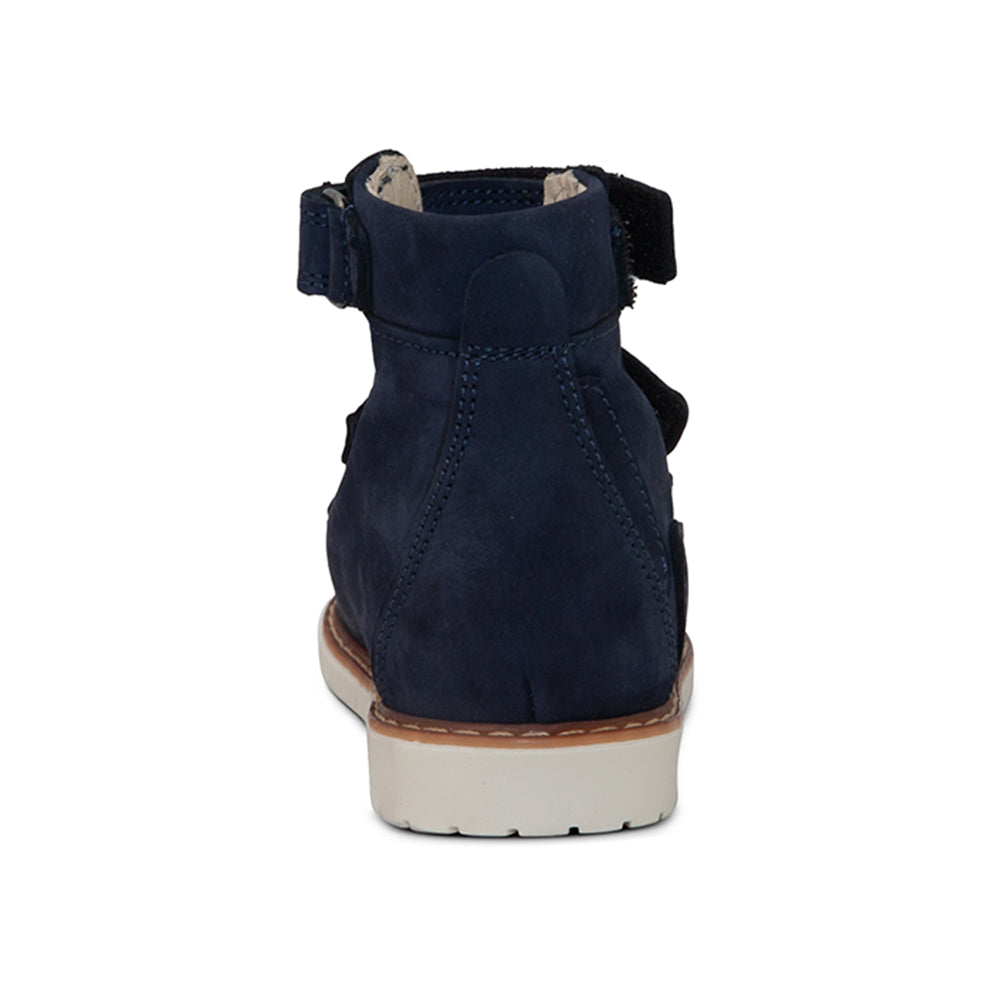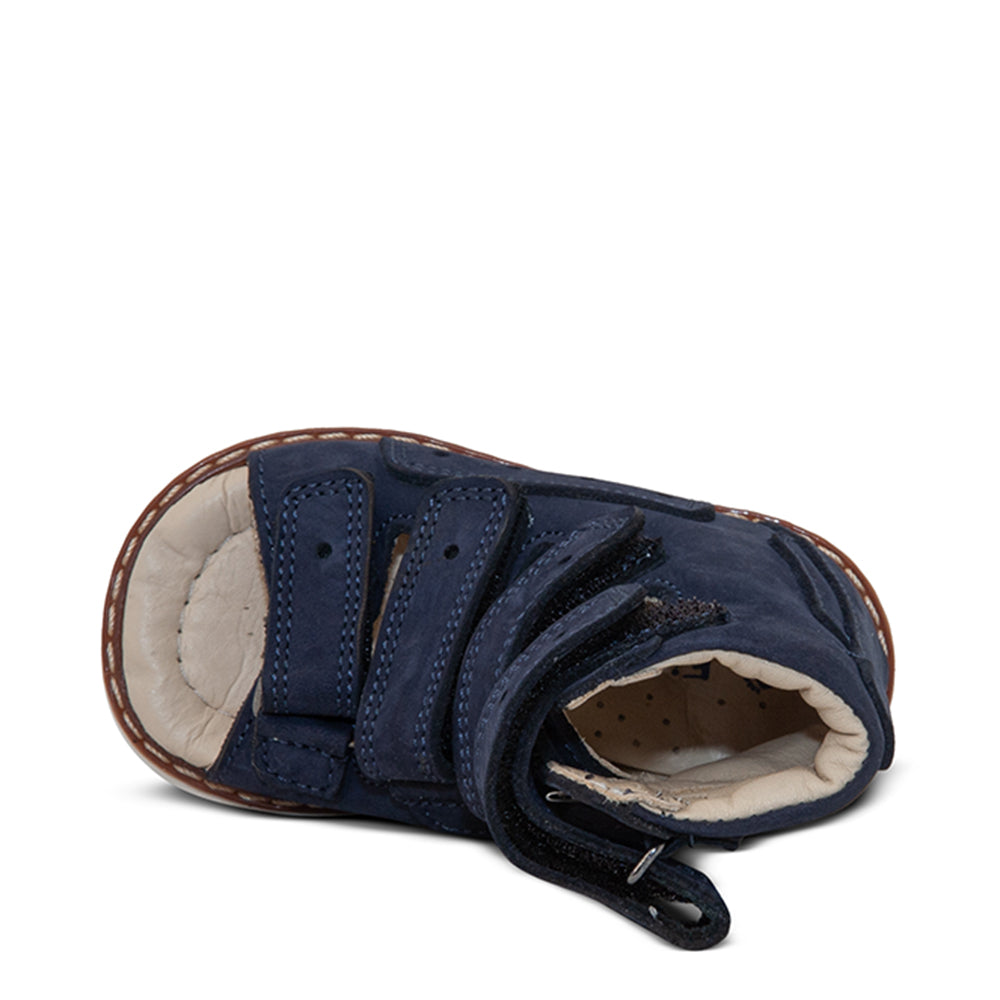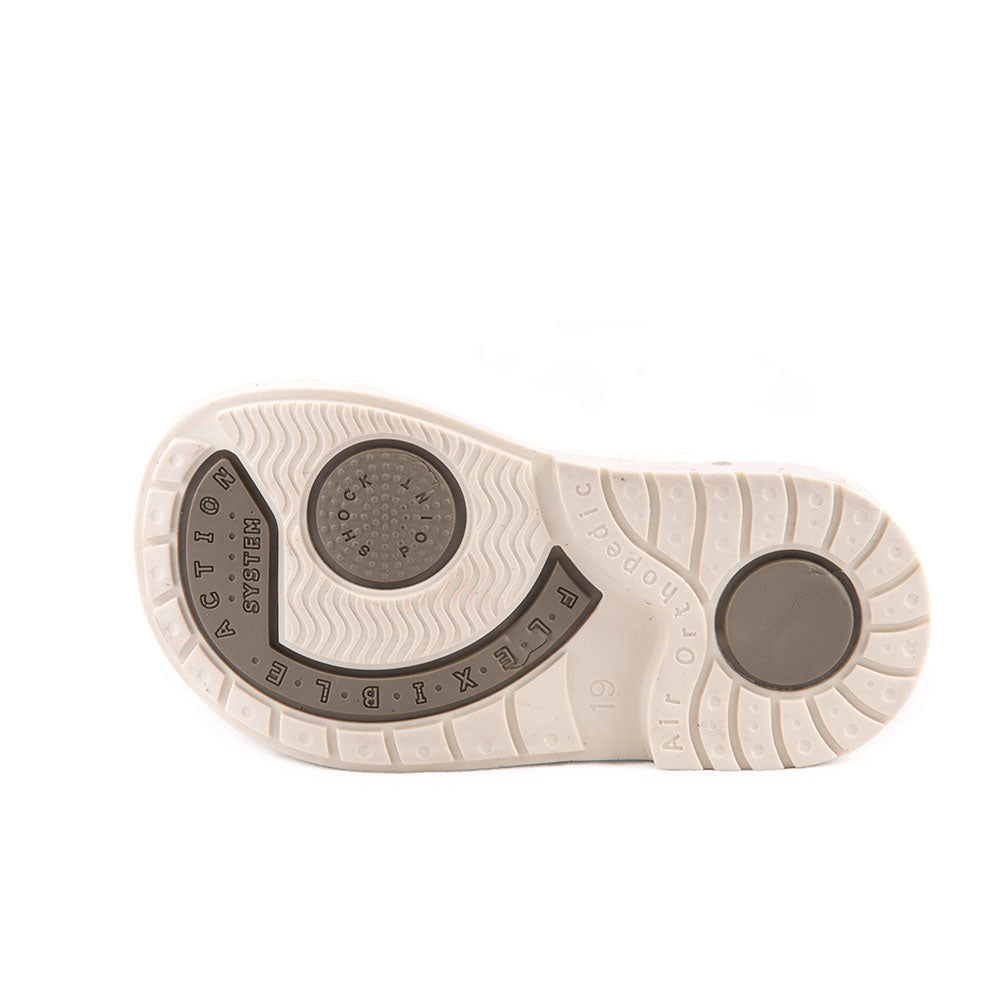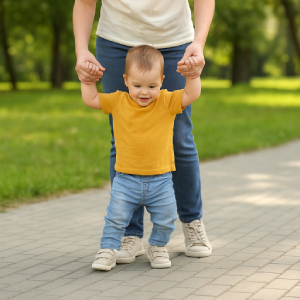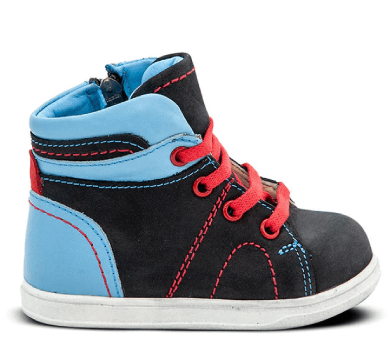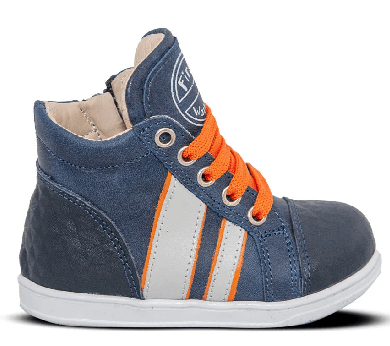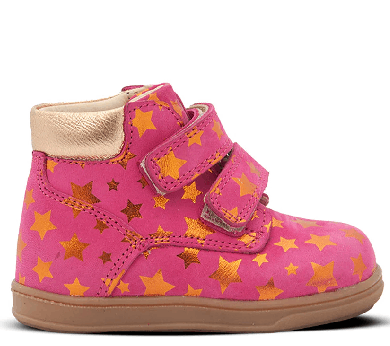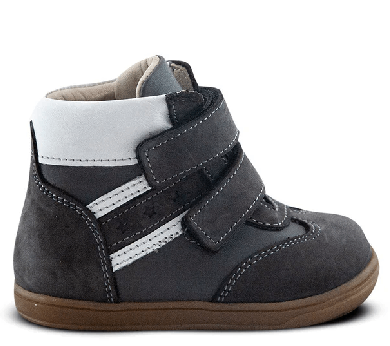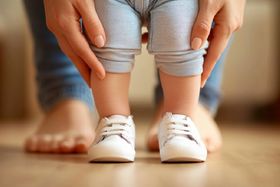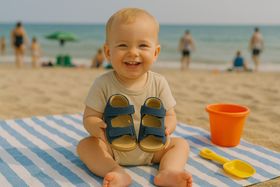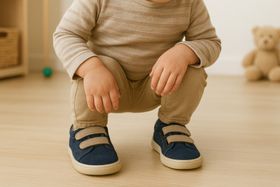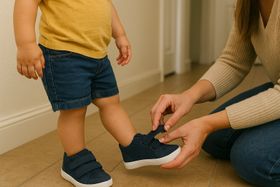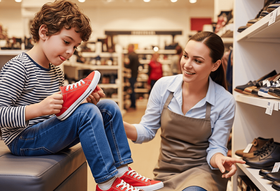10 Best Shoes for Pigeon-Toed Children: Promote Proper Alignment
Pigeon-toed toddlers often outgrow the condition, but supportive shoes can help guide better alignment during key developmental years. The best shoes combine firm heel and ankle support, arch stabilization, and flexible soles that encourage natural movement.
Updated July 24, 2025
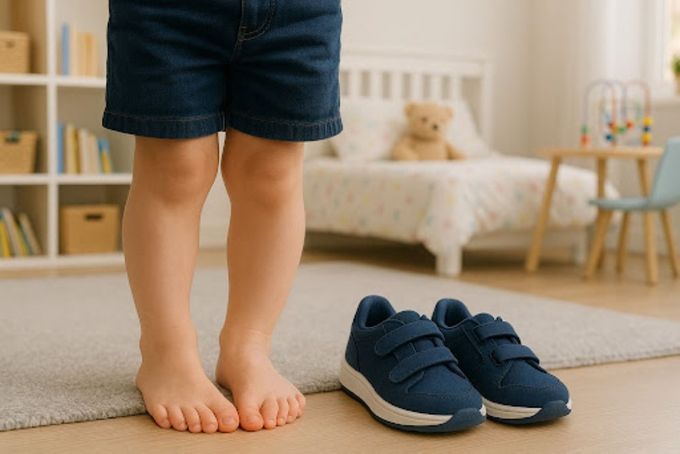
Intoeing, often caused by tibial torsion or femoral anteversion, is common in toddlers and young kids.
While many children outgrow it, pigeon toe correction shoes can provide the right support during critical growth phases. Choosing the best kids' shoes for intoeing means finding a balance between structure and everyday comfort.
Here’s how to pick the right pair, what to avoid, and which 10 shoes actually do what they claim.
» Help your kid correct in-toeing. Explore our range of orthopedic shoes
Our Picks for the 10 Best Shoes for Pigeon-Toed Children
When Do Shoes Help With Intoeing?
If your child’s gait seems awkward, or their toes point inward past age 2–3, pigeon toe correction shoes may offer support. Always check with a pediatrician or podiatrist first.
Most kids outgrow intoeing without any treatment. But for some toddlers, it sticks around longer or shows up with other problems, balance issues, delayed walking, frequent tripping.
This is where supportive shoes can help. They don’t “fix” the bones, but they do help guide the legs and feet into better position while your child grows. NIH research shows that mild gait issues often self-correct, but footwear can aid the process if chosen correctly [1].
» Compare the best shoes for babies that have just learned to walk
What to Look For in a Shoe That Supports Intoeing
Not every orthopedic shoe is equal. The goal isn’t to immobilize the foot—it’s to support better alignment while still allowing normal movement.
- Straight Last Sole: A shoe with a straight-shaped sole (instead of curved inward) keeps the foot pointing forward and reduces inward drift.
- Firm Heel Counter: A stiff heel helps anchor the rearfoot and stops it from rolling inward with each step.
- High Ankle Support: Helps guide the leg from above, especially useful for toddlers with internal tibial torsion (inward-turned shins).
- Adjustable Straps or Laces: Keeps the foot securely positioned inside the shoe, even as it grows or swells slightly.
- Supportive Arch and Midsole: Gives lift under the midfoot, encourages proper weight distribution, and reduces muscle strain.
- Flexible Sole: Too much rigidity blocks muscle development. Look for a sole that bends at the toes but still offers directional control.
» Read our in-depth buyer's guide for orthopedic kids' shoes
10 Best Shoes for Pigeon-Toed Toddlers
What To Avoid When Picking Shoes for Pigeon-Toed Children
- Flip-Flops: Offer no support or heel control. Let the foot collapse inward and force toe gripping. Swap for structured sandals instead.
- Soccer Cleats: Too narrow. Too stiff. They restrict natural splay and can worsen alignment, especially in kids with femoral or tibial rotation.
- Barefoot Sports: Dance, gymnastics, and martial arts often involve barefoot movement. Without arch support, they can worsen intoeing unless combined with therapy or orthotics.
» Is your kid struggling with flat feet? Explore the best arch support shoes
How to Avoid Overcorrecting Pigeon Toes With Orthopedic Shoes
You don’t want your kid to trade pigeon-toed walking for something worse. Here’s how to keep things balanced:
- Pick flexibility over stiffness
- Shoes should support, not restrict. Choose ones that allow natural movement.
- Track progress
- Take your little one to a pediatric physical therapist every few months. Overcorrection can lead to out-toeing or joint stress.
- Mix in muscle-building
- Let kids go barefoot on safe ground. Add balance exercises or toe-walking drills to build strength naturally.
The Right Shoes Can Gently Guide Growing Feet
The best children's shoes for a pigeon toes support the body’s natural ability to realign as it grows. We’ve seen how certain features like a firm heel counter and high ankle support can make a meaningful difference, especially when matched to the child’s specific cause of intoeing.
Shoes like the Dacota Trinket for early walkers, Bindi Blues for warm-weather comfort, and Johnny Rigel for older kids with femoral anteversion show how the right support at the right time helps guide a healthier gait.
The key takeaway is simple: proper shoes won’t fix everything, but they can help nudge your child’s gait in the right direction, one step at a time.
References:
- A. S. Gonzales, A. Y. Saber, G. Ampat, and M. D. Mendez, “Intoeing,” StatPearls - NCBI Bookshelf, Jul. 22, 2023. Available: https://www.ncbi.nlm.nih.gov/books/NBK499993/
- “Lower Extremity Rotational and Angular Issues in Children,” Pediatric Clinics of North America, Available: https://www.sciencedirect.com/science/article/abs/pii/S0031395514001448
Disclaimer: First Walkers' information is intended for educational and informational purposes related to toddler footwear and feet. We encourage you to consider individual circumstances and consult qualified orthopedists about specific conditions.
FAQs
Are pigeon-toes related to autism?
No, pigeon-toeing is a physical alignment issue and is not caused by or directly linked to autism.
Are pigeon toes a disability?
No, it's typically a common developmental variation that often resolves on its own and doesn’t qualify as a disability.
What doctor to see for intoeing?
Start with your pediatrician. If needed, they may refer you to a pediatric orthopedist or physical therapist.
Are girls more likely to be pigeon-toed?
Yes, girls are slightly more likely to develop certain types of intoeing, like femoral anteversion [2].


